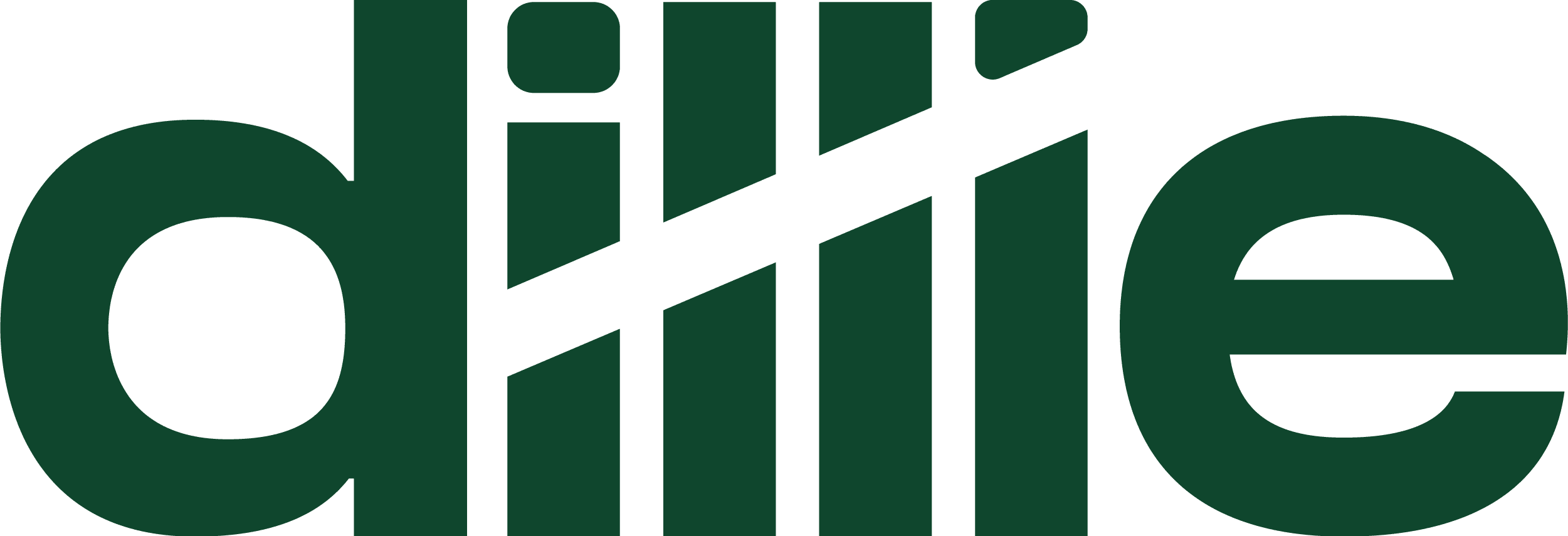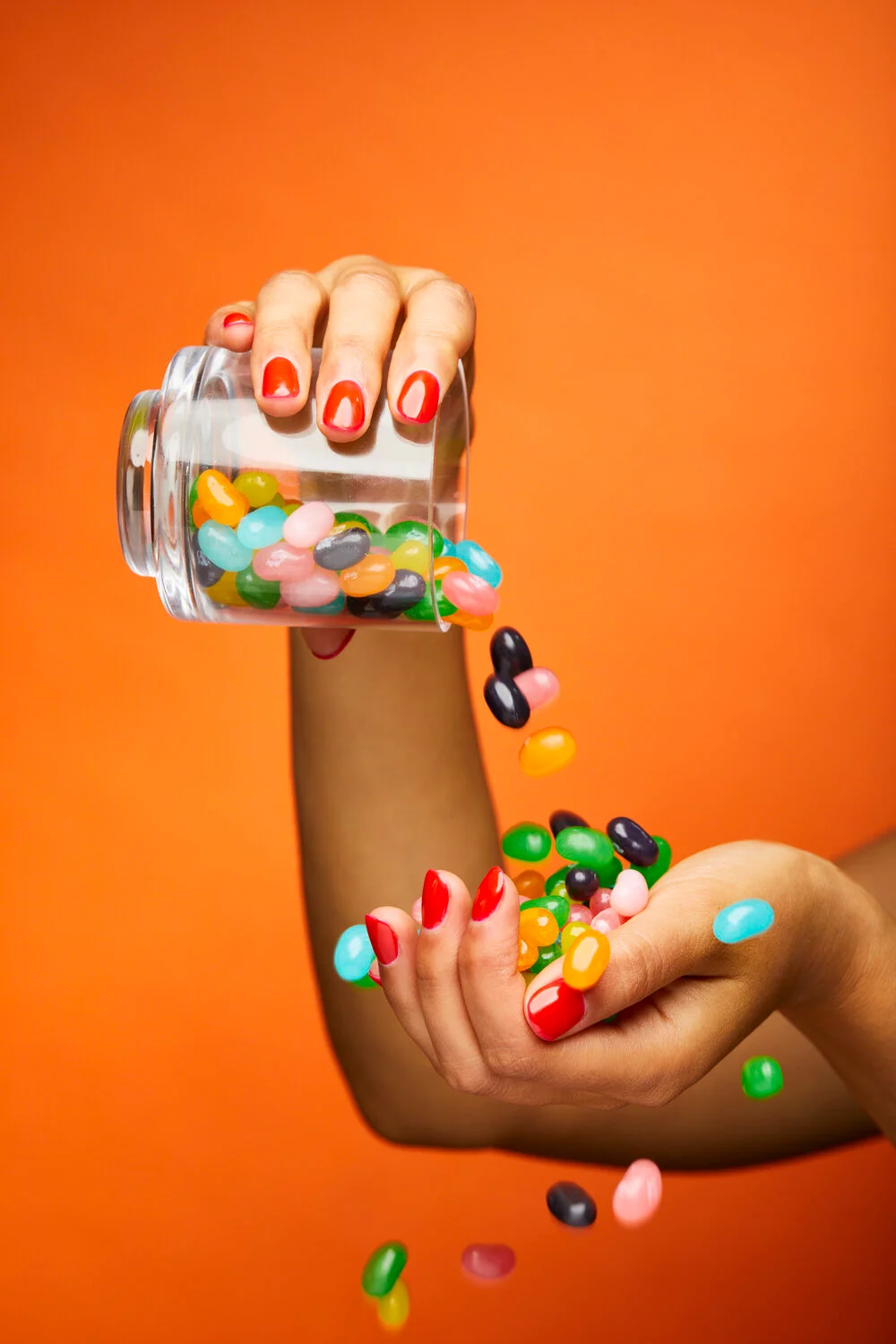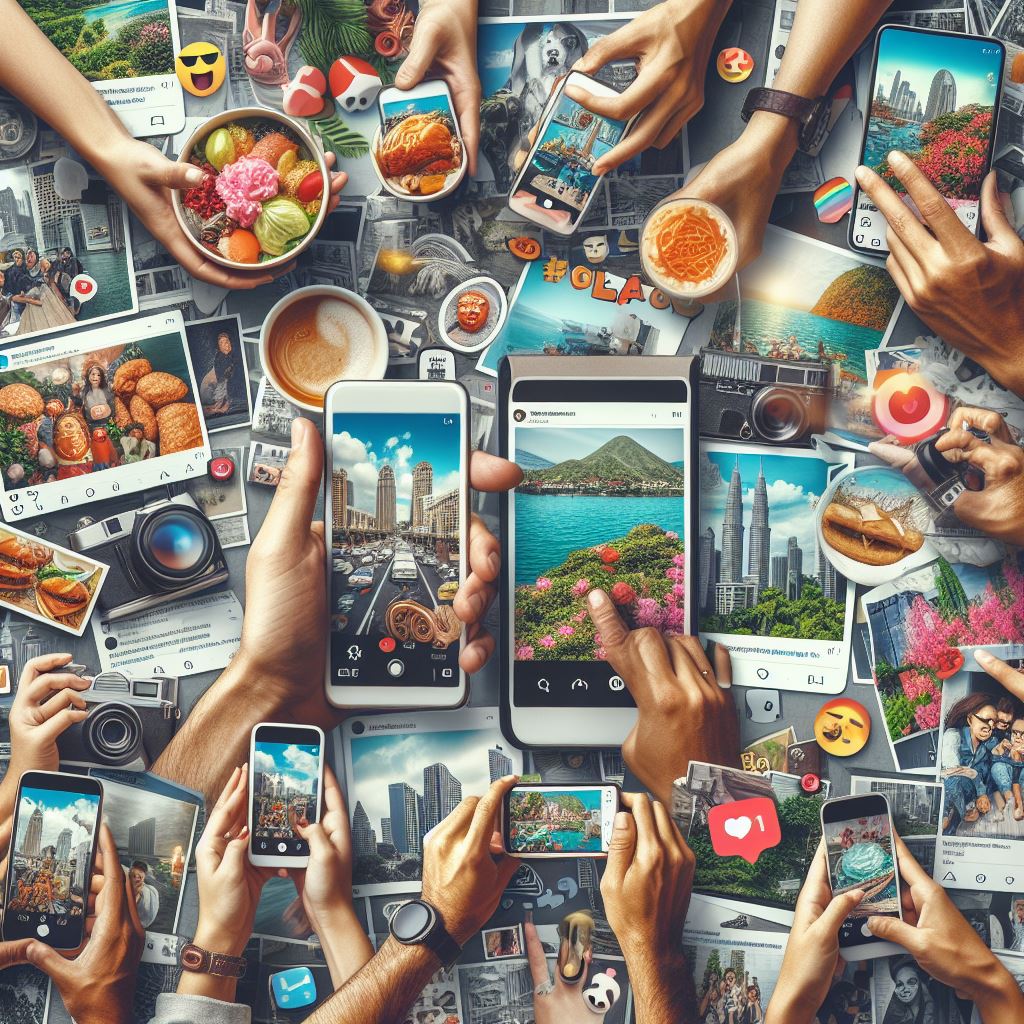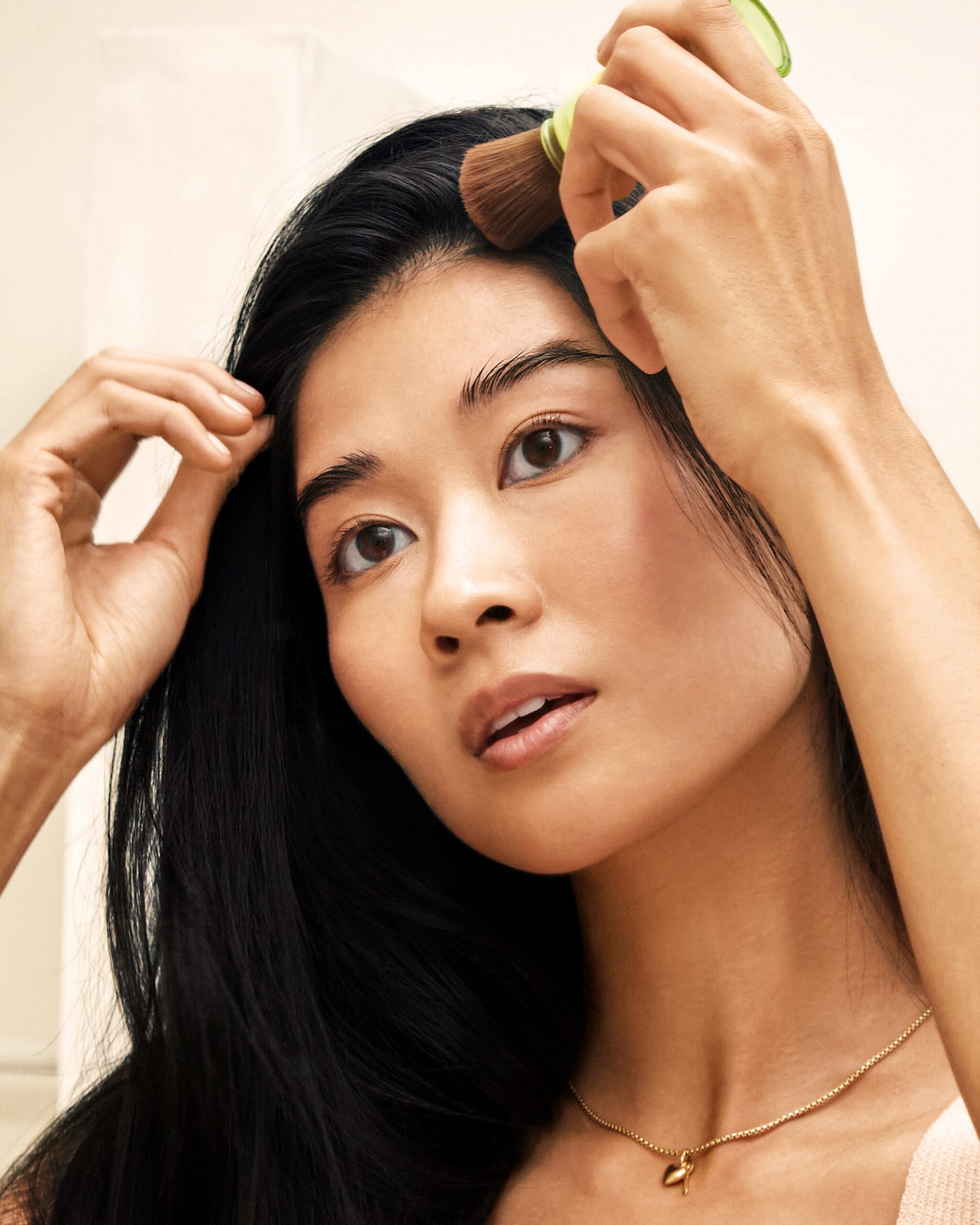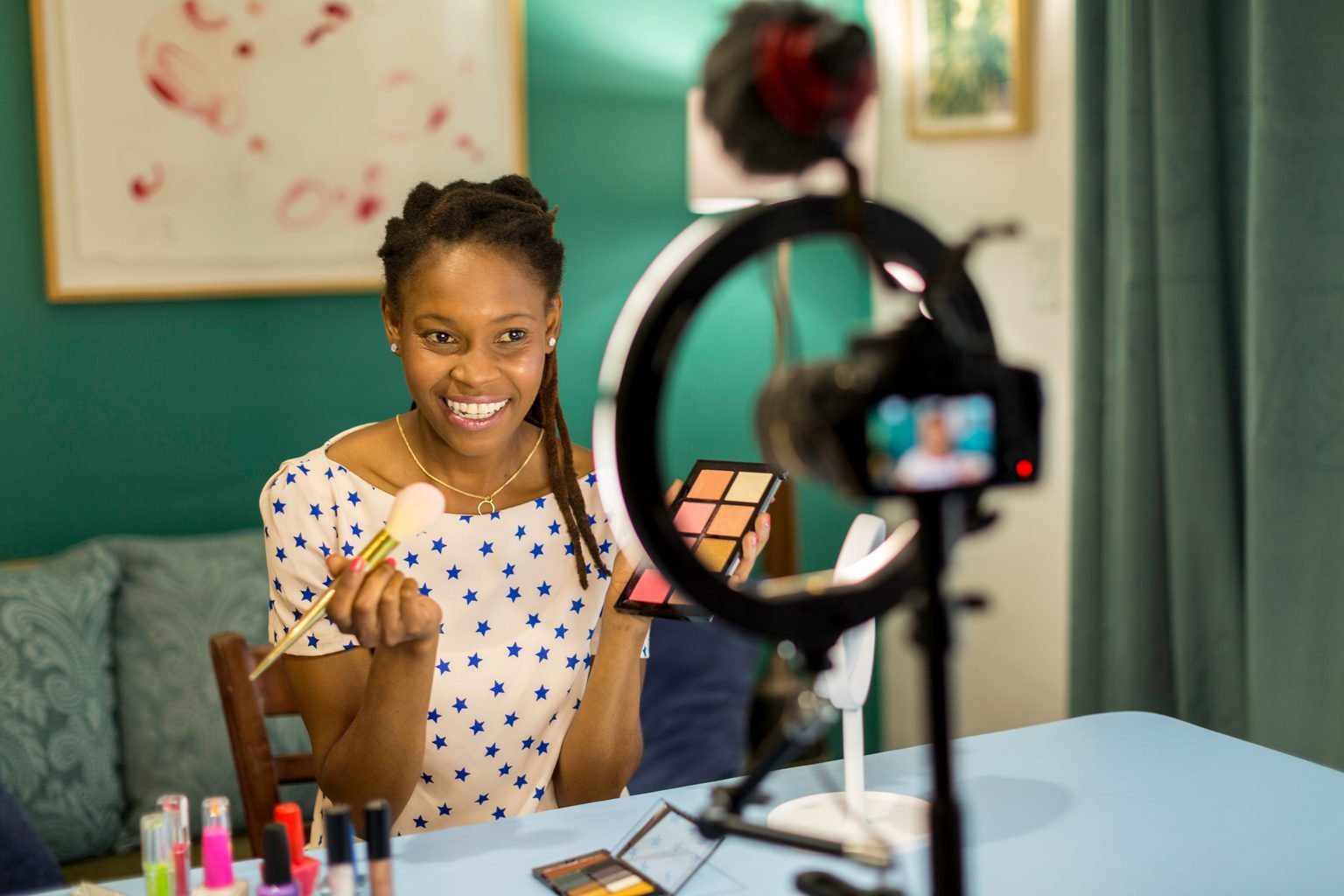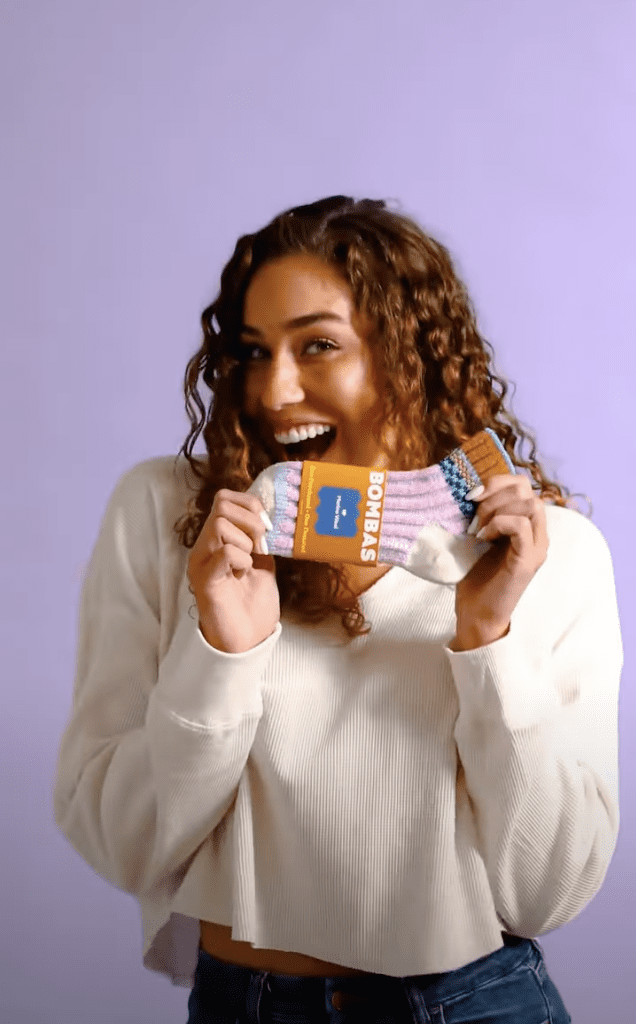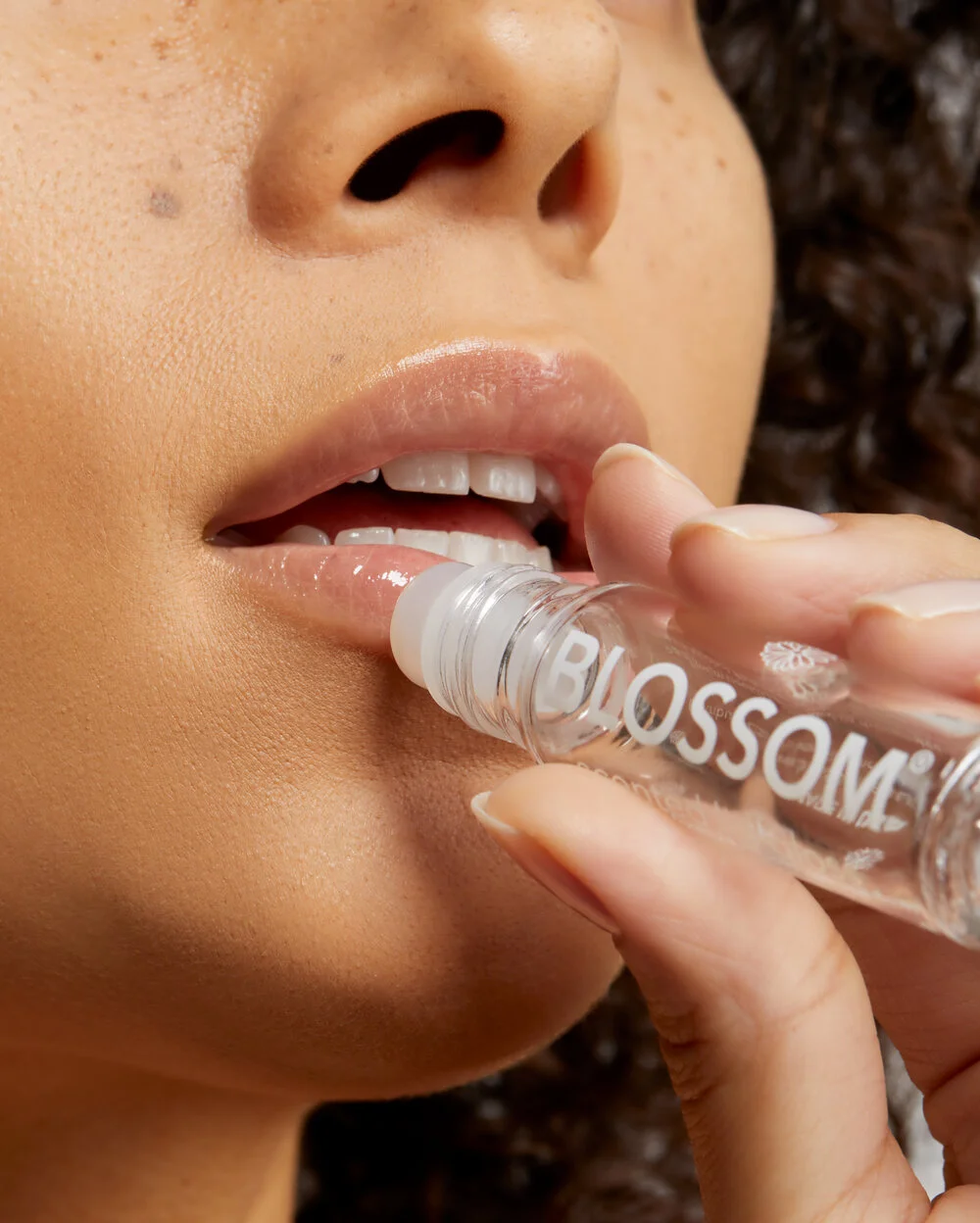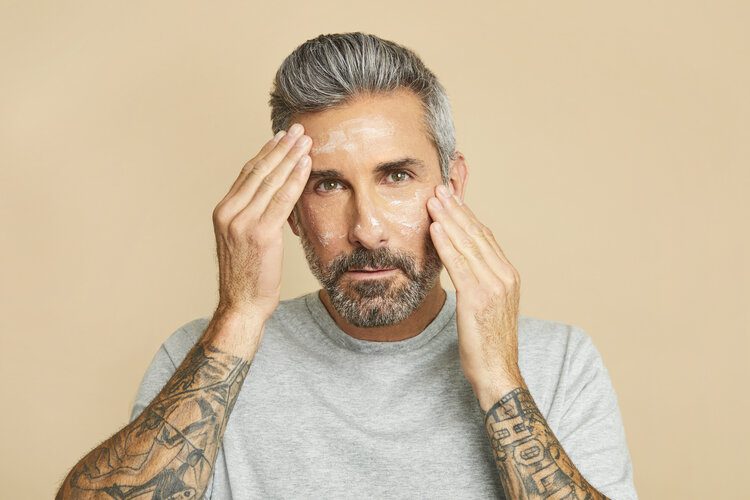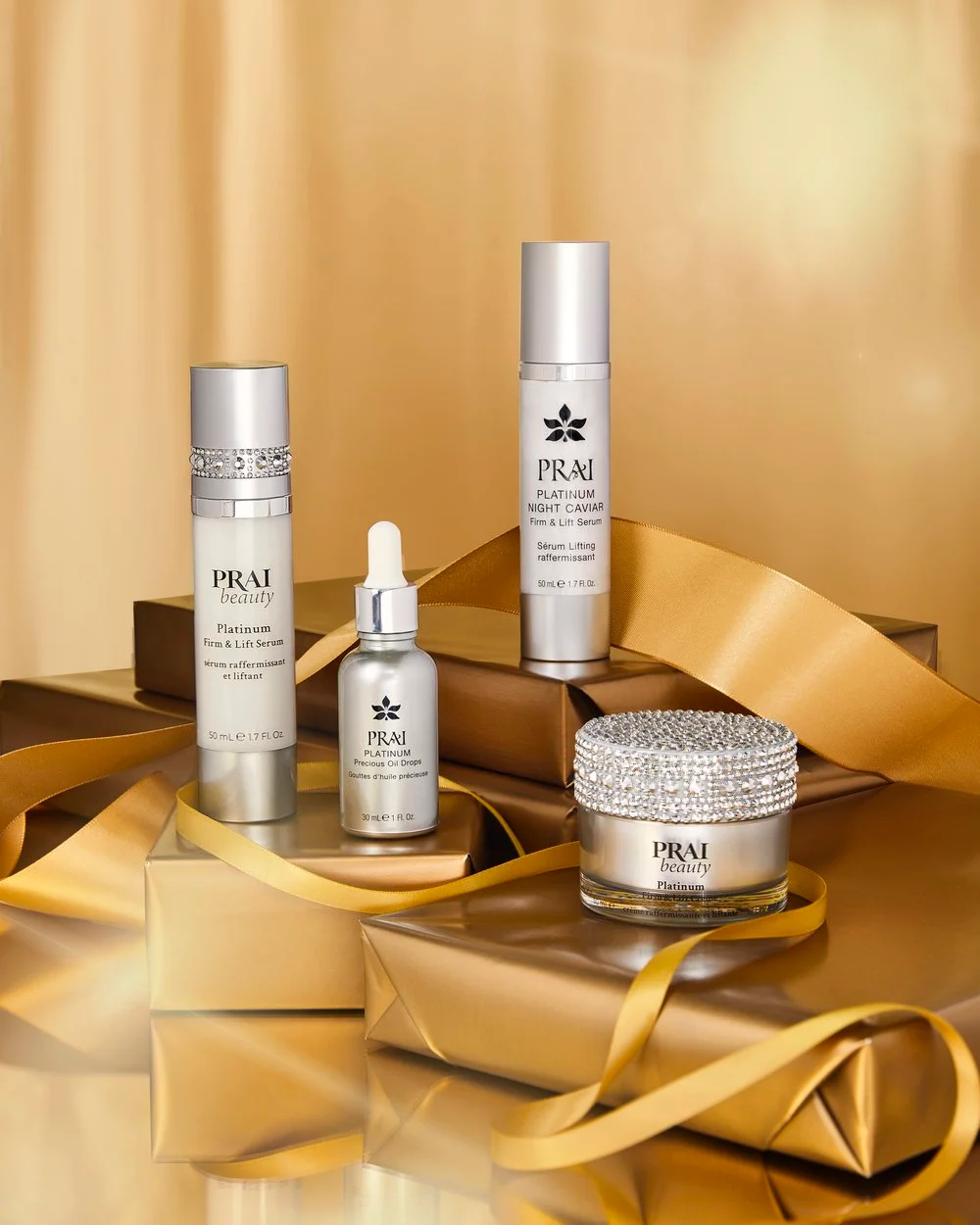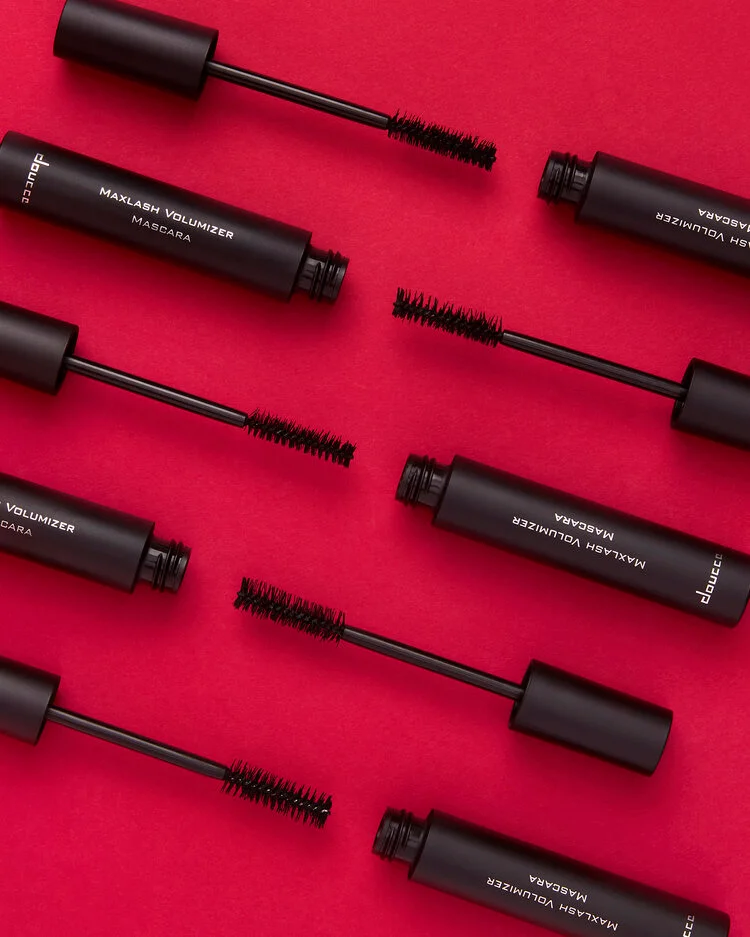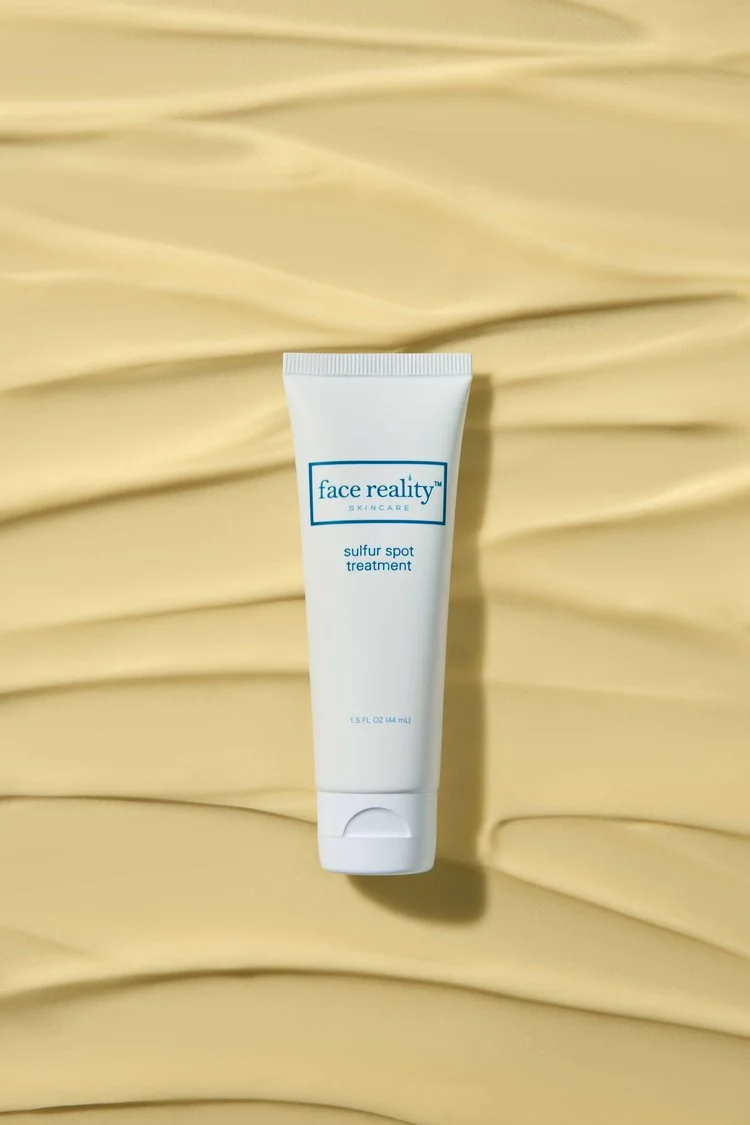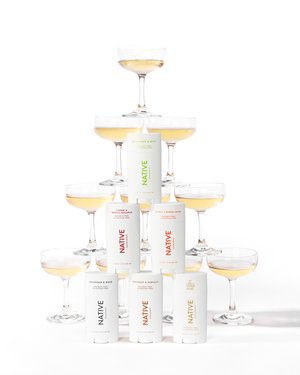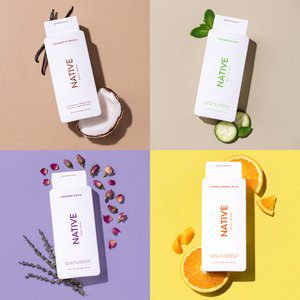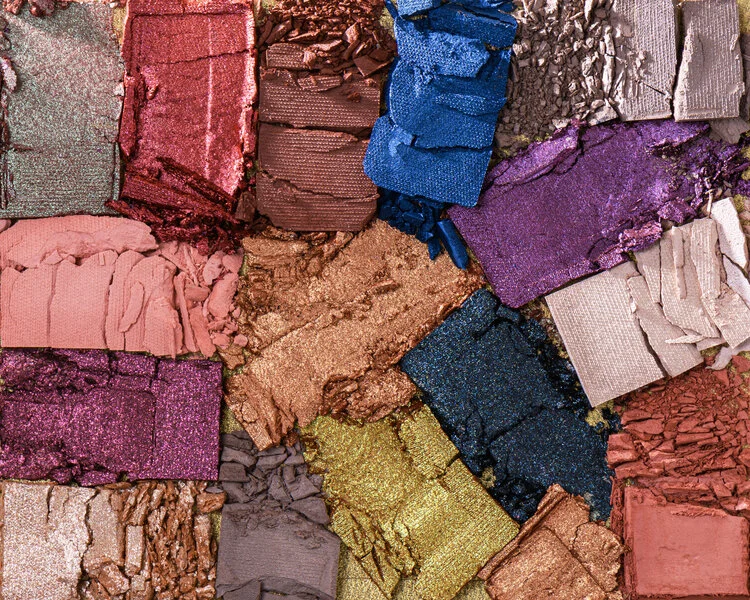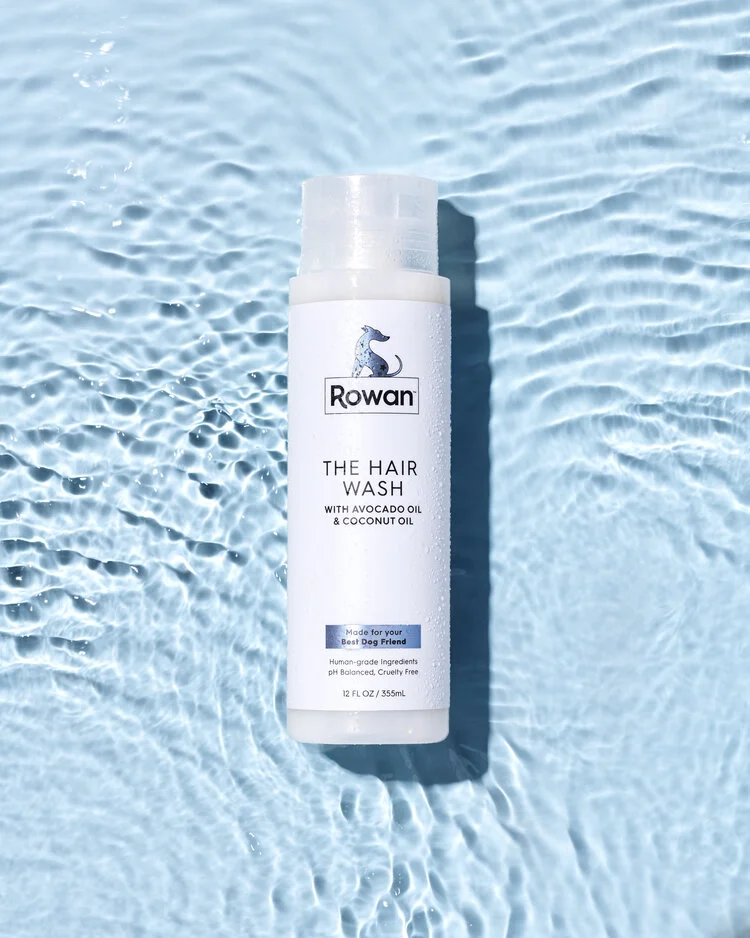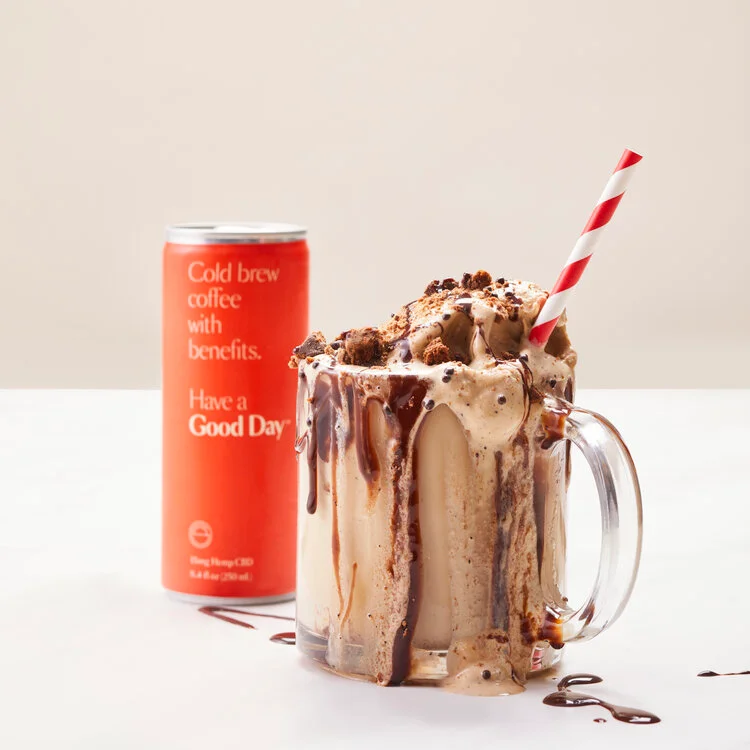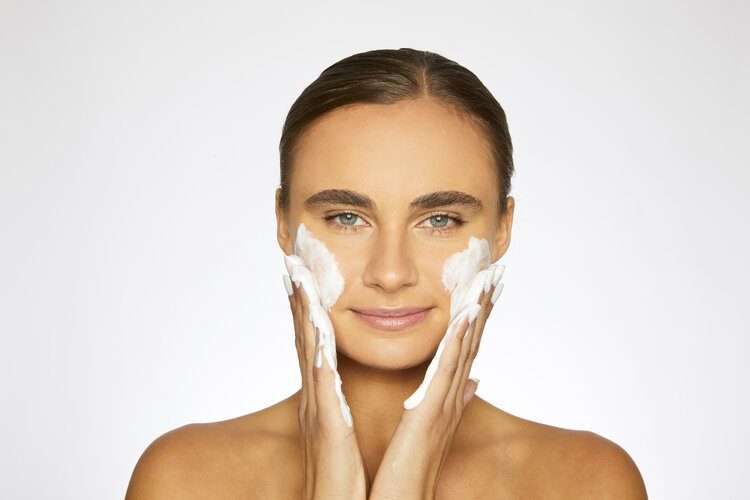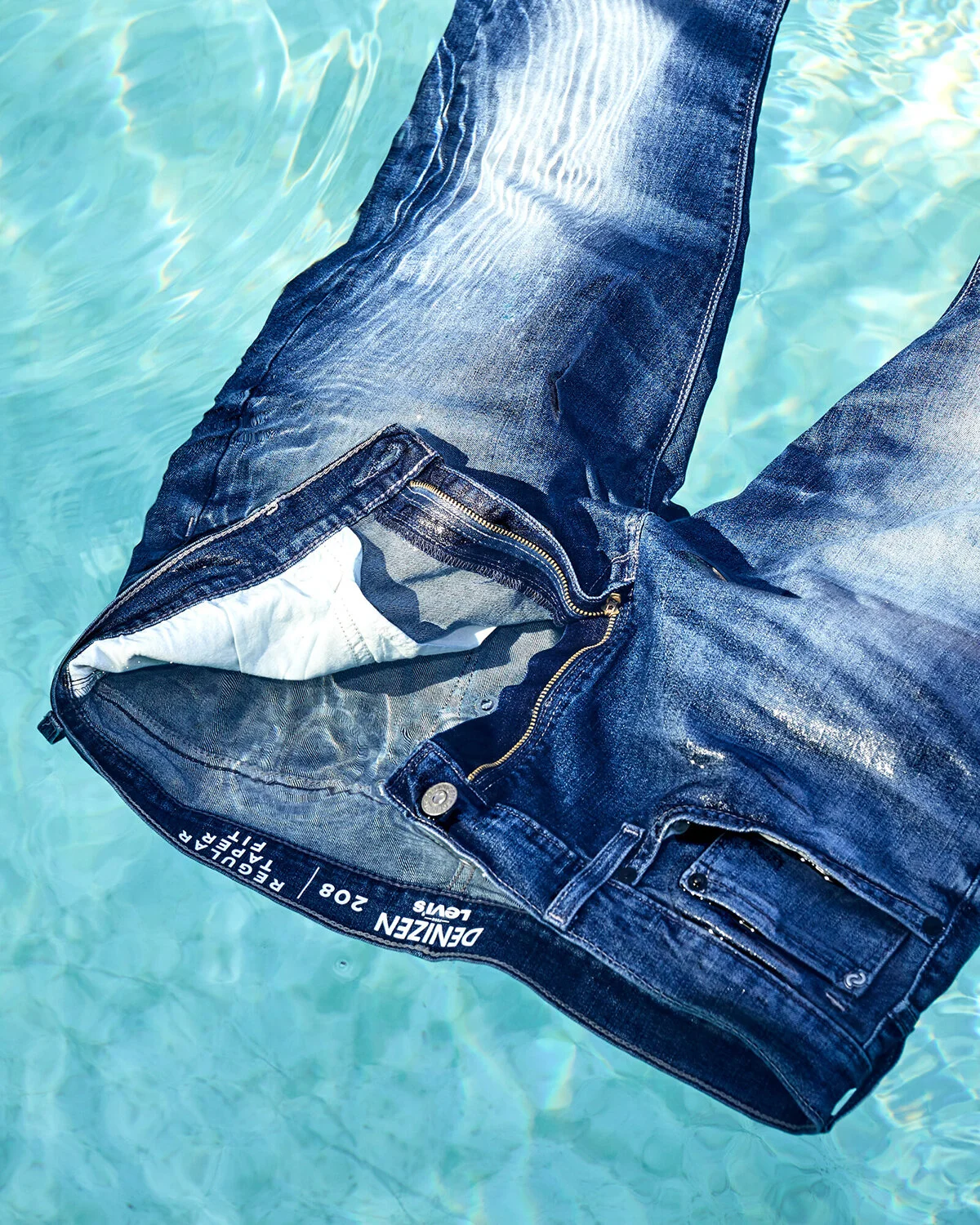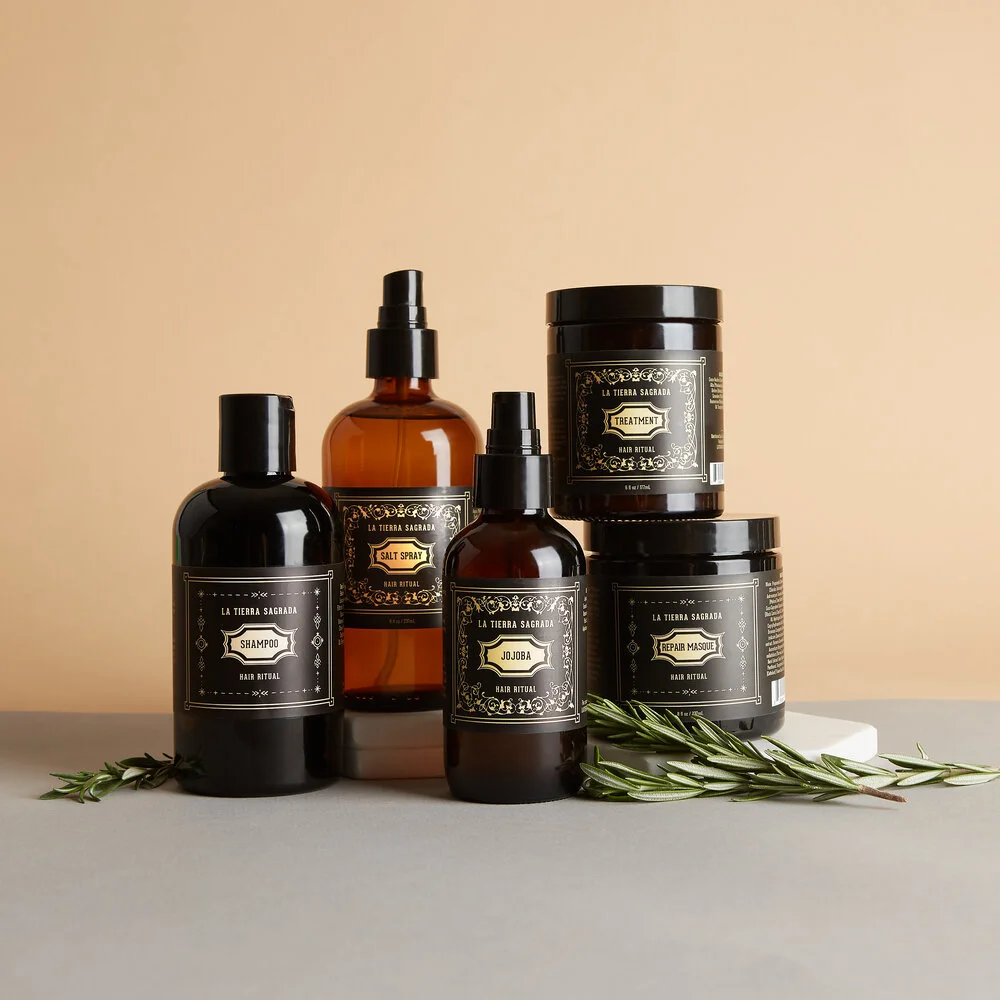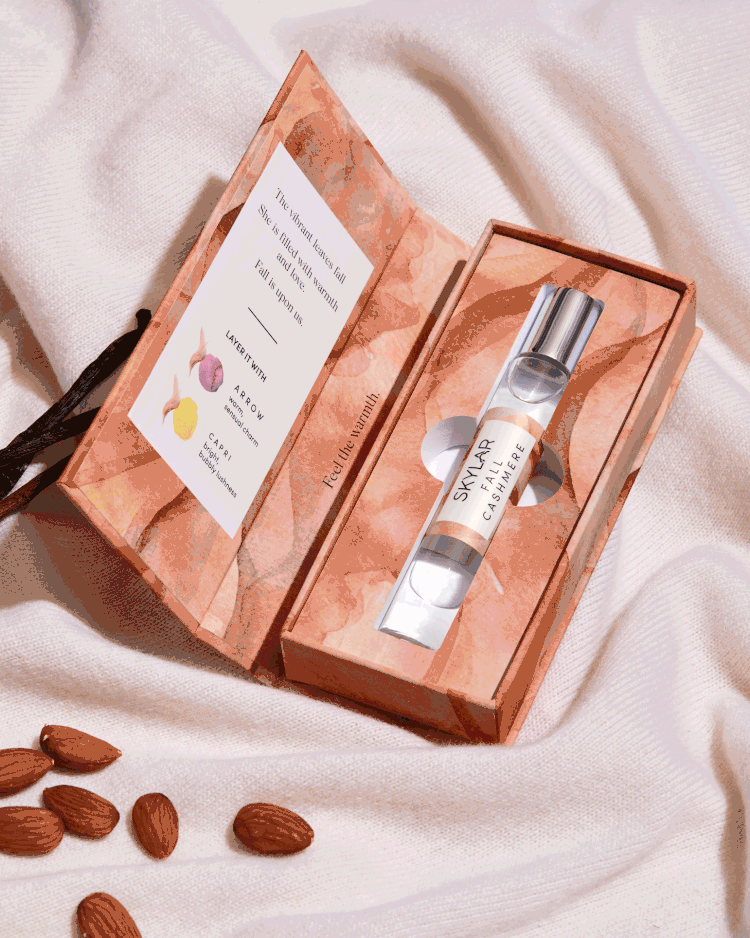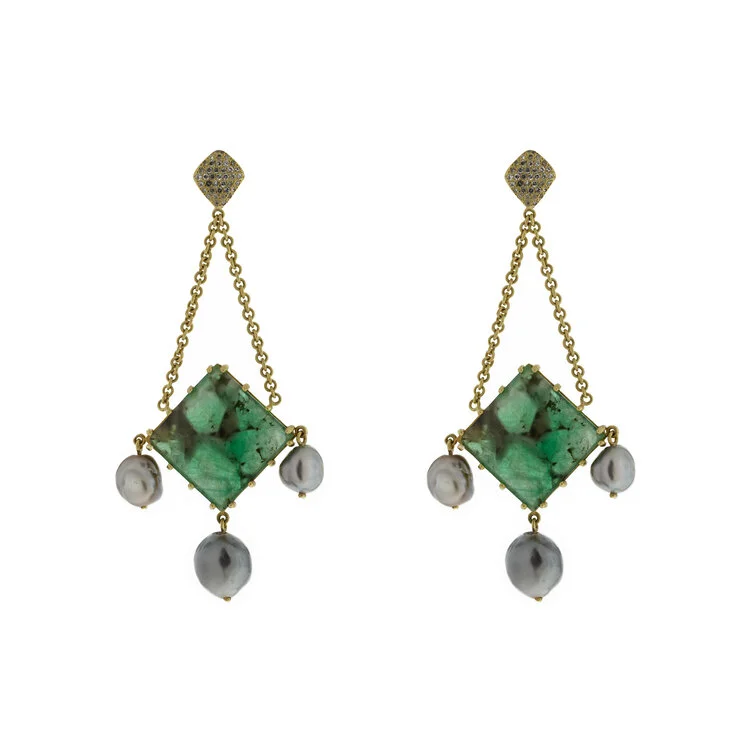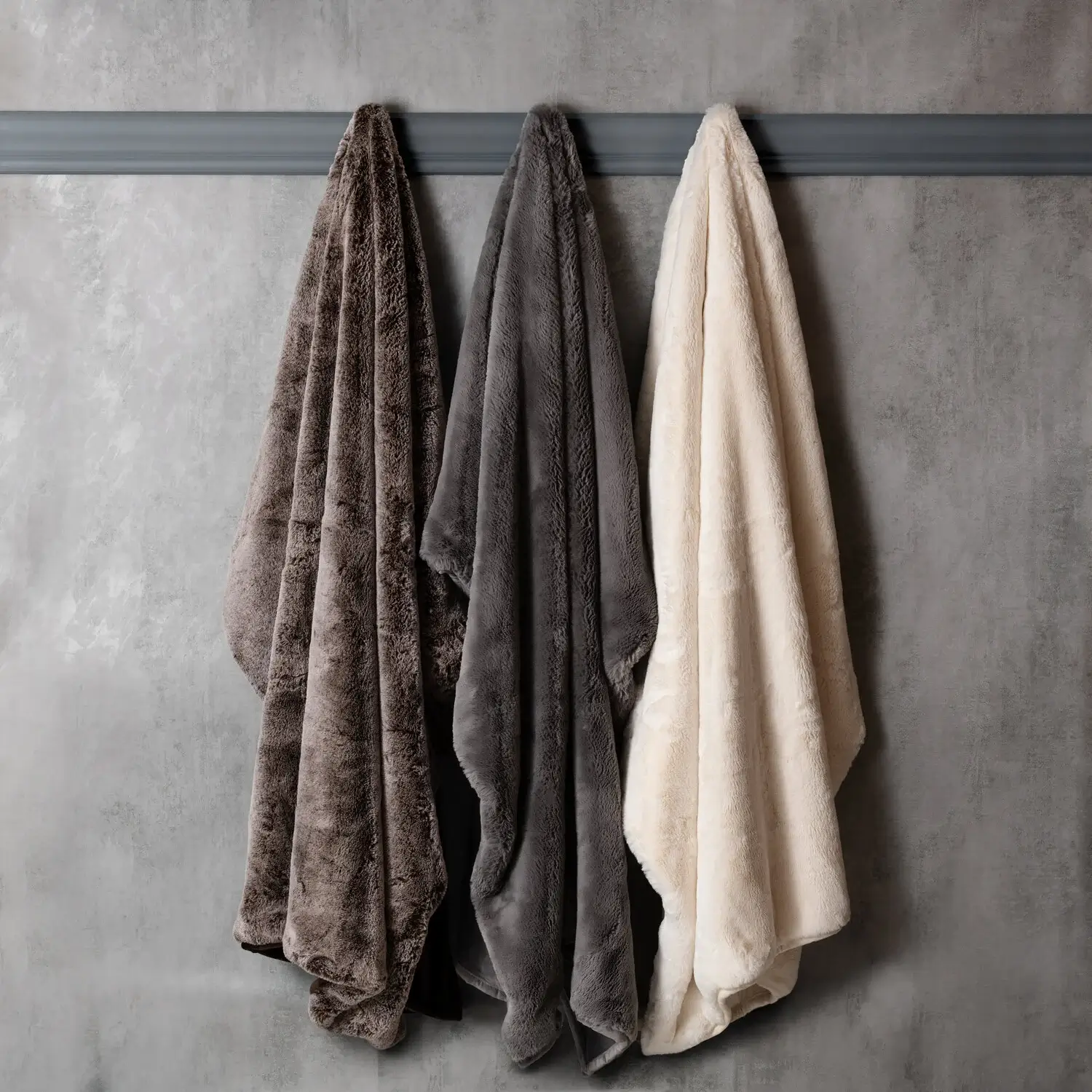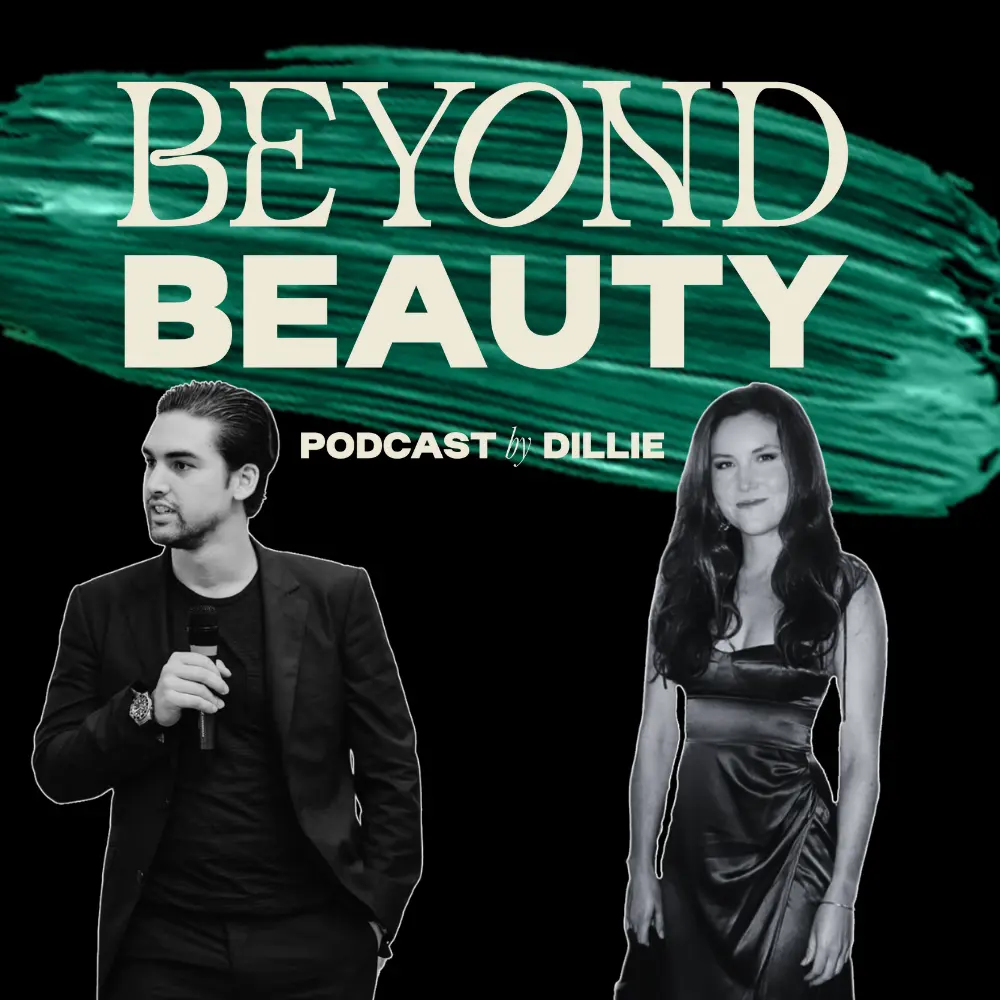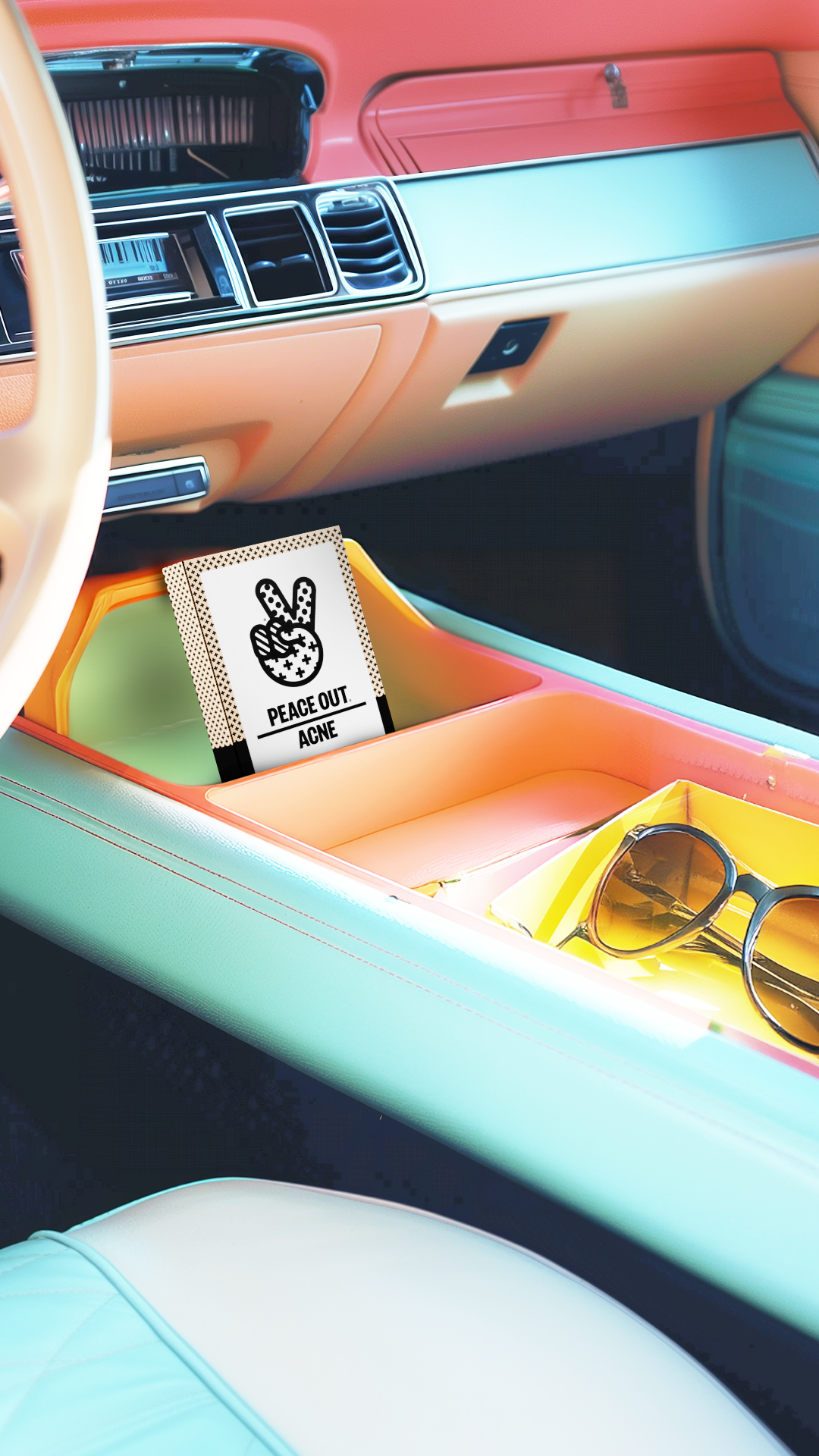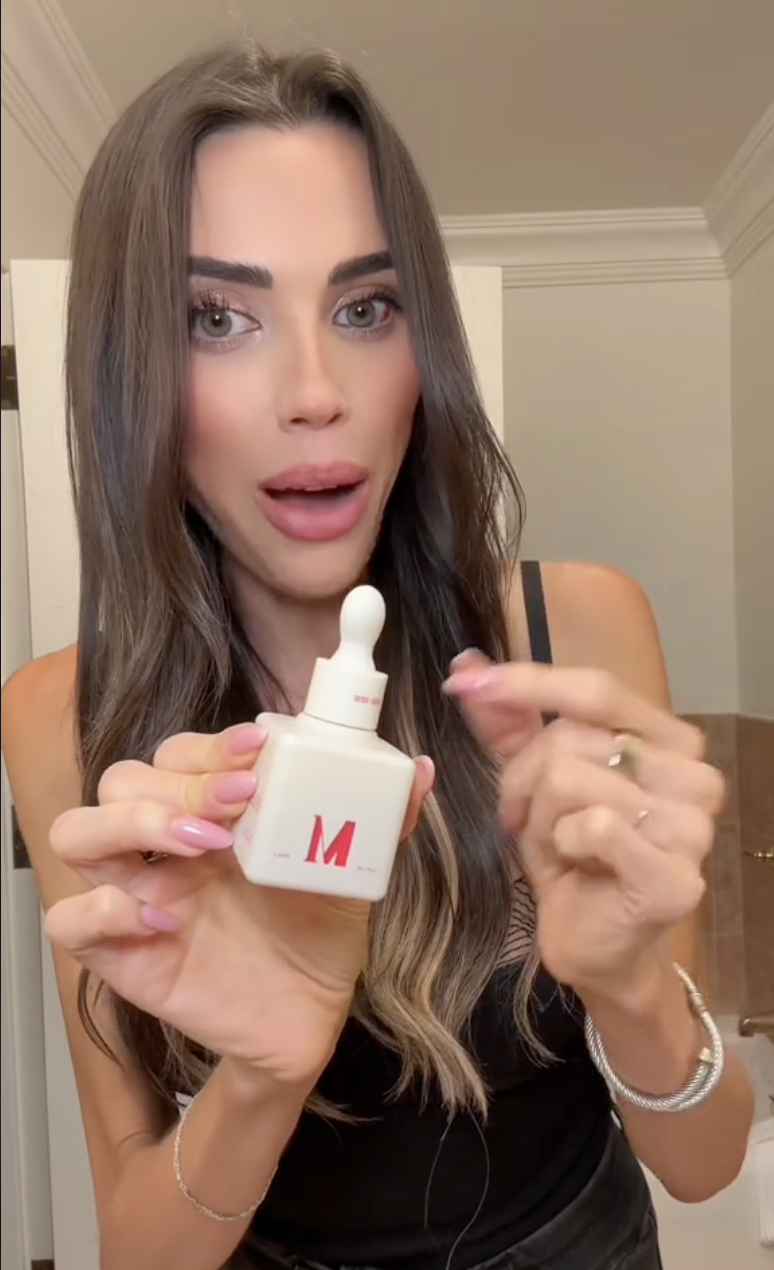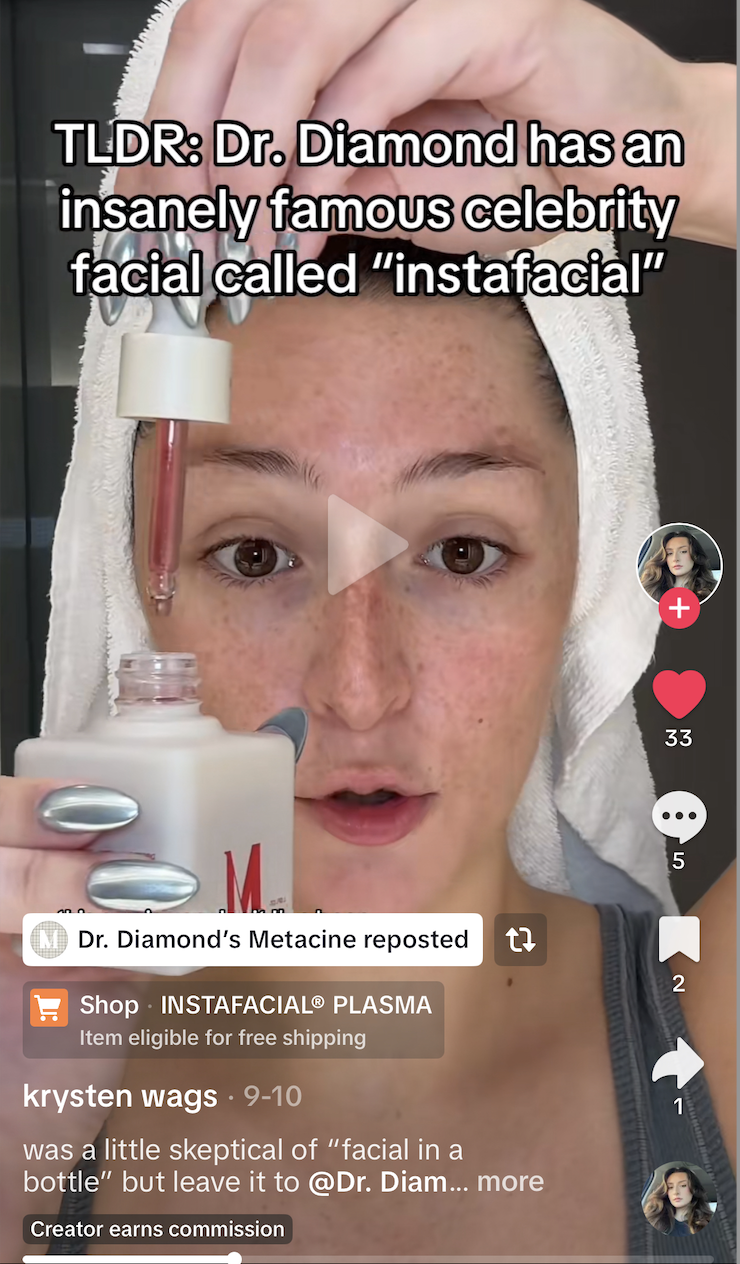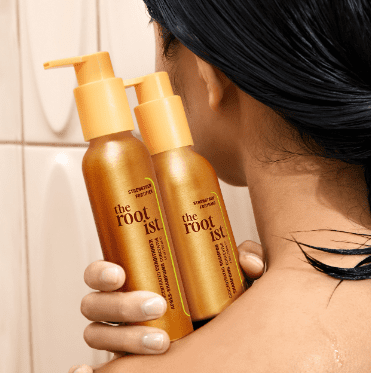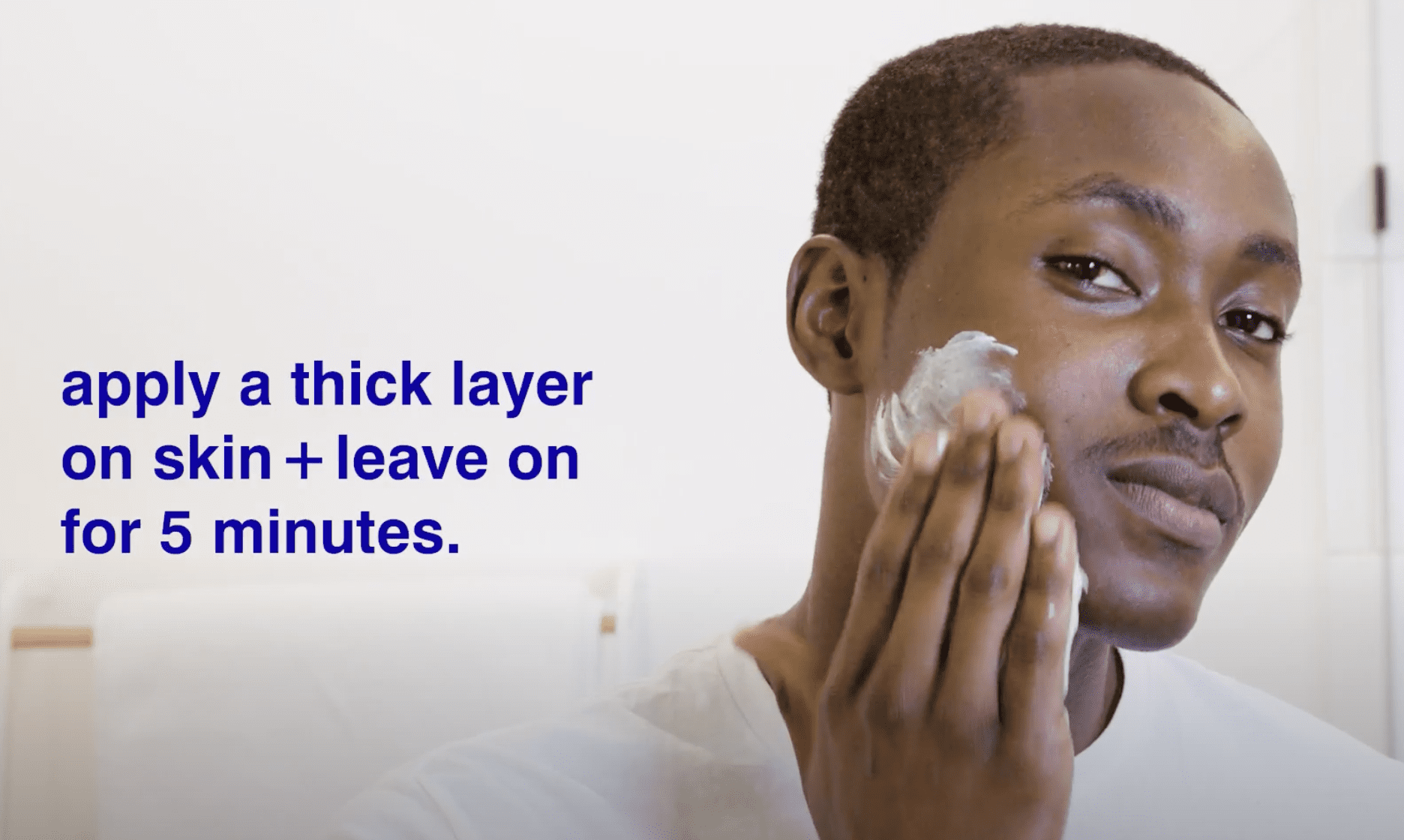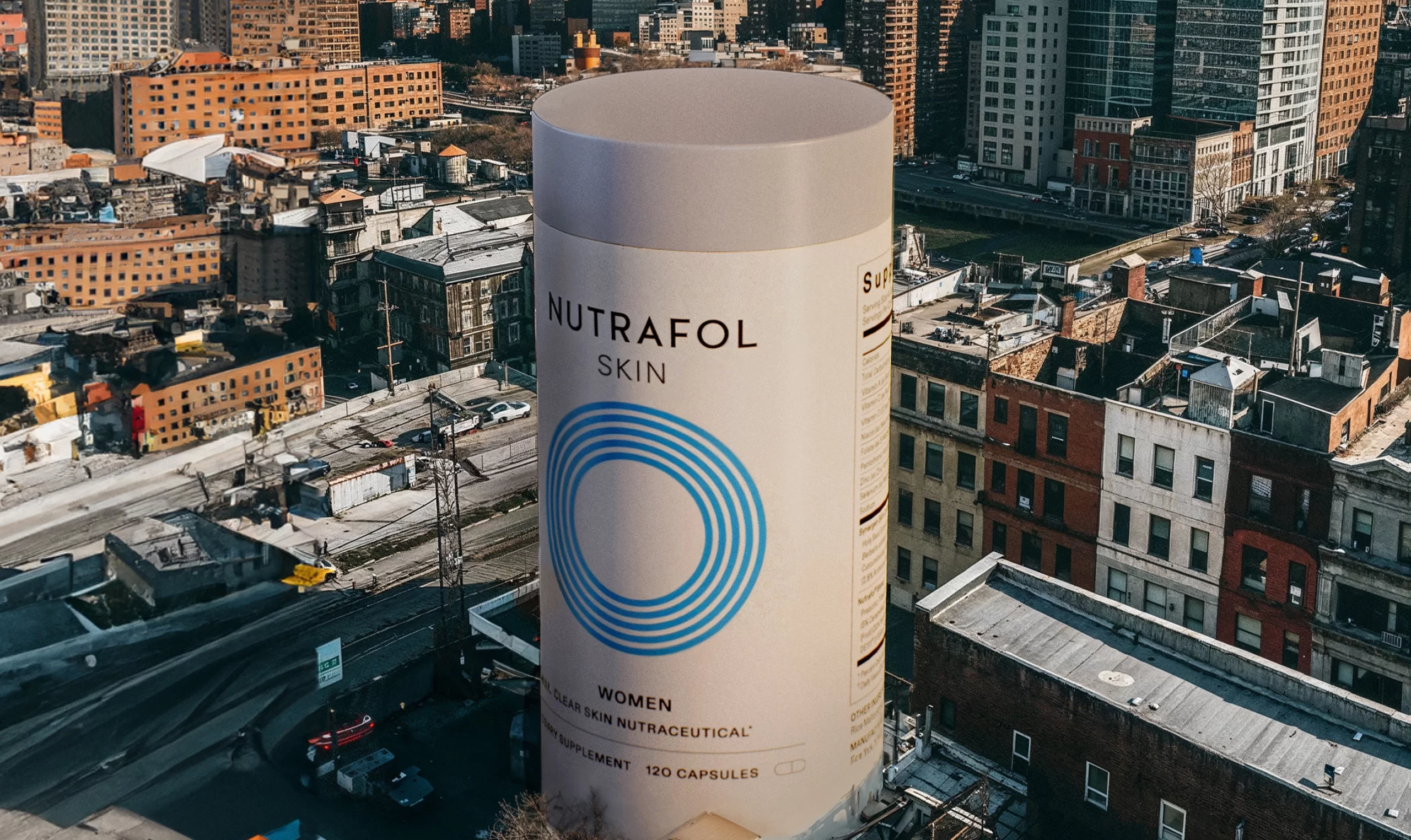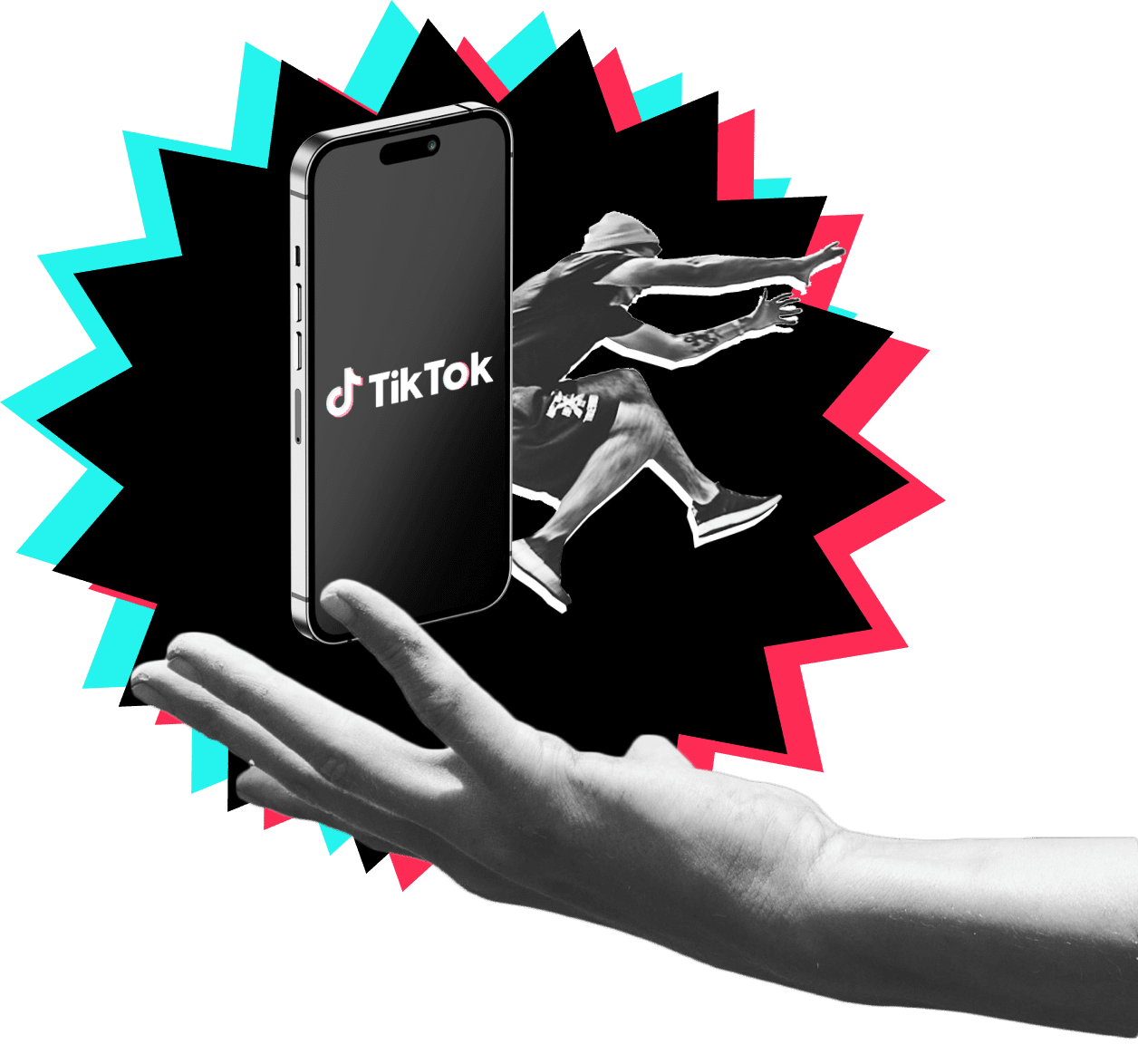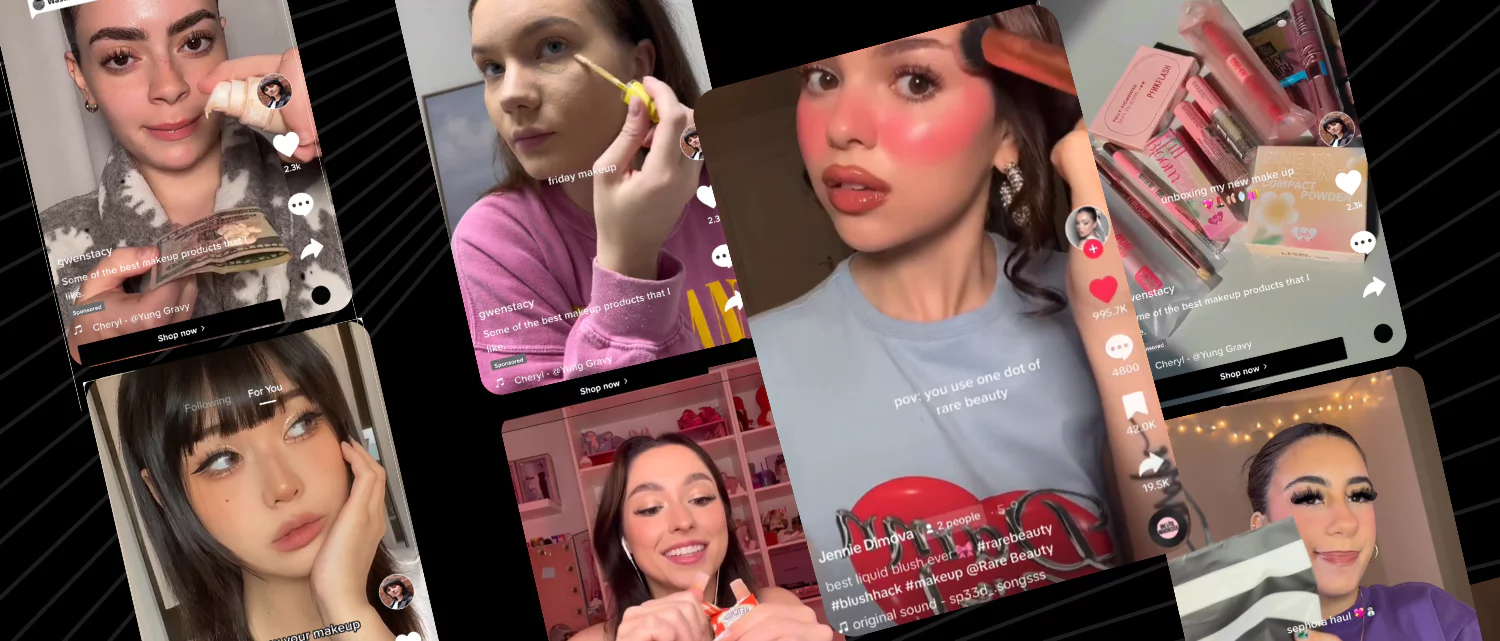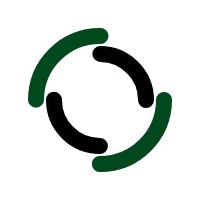From Humble Beginnings to Industry Expertise
Christina’s journey into the world of beauty was serendipitous. While in college, she stumbled upon a small hippie operation that produced salves and tinctures. Taking the reins of this modest venture, she transformed it into a thriving business with a significant retail footprint. Her hands-on approach in scaling the company and her fervor for creating skincare products were palpable as she recounted her origin story.
The Craft of Beauty Lab’s Collaborations
Craft Beauty Lab’s clientele is as diverse as the beauty industry itself, catering to both budding enterprises and well-established brands. Christina stressed the critical nature of a robust marketing and sales strategy before diving into product manufacturing. It’s a reminder that success in beauty is not just about the product—it’s about the story you tell and how you connect with your audience.
The Science Behind Skincare Formulation
Our conversation took a technical turn as we discussed the formulation of skincare products. Christina illuminated the complexities involved, particularly the significance of the percentage of active ingredients necessary to achieve the desired effects. She shed light on the industry’s tendency to use token amounts of ingredients, underscoring the challenges consumers face when interpreting product labels.
Making Informed Skincare Choices
For consumers, especially men who are becoming more invested in their skincare routines, making informed decisions is paramount. Christina advocated for brands that prioritize natural ingredients, sustainability, and efficacy. She also highlighted the importance of sunscreen ingredients, recommending non-nano zinc and titanium as safer options for sun protection.
The Debate Over Nano-Sized Particles
A particularly thought-provoking part of our discussion centered on the potential risks associated with nano-sized mineral particles in skincare products. The concern is that these tiny particles could be absorbed into the bloodstream and accumulate in the body, posing health risks. It’s a topic that warrants further exploration and consumer awareness.
Sunscreen, Exfoliation, and Skin Health
Christina emphasized the critical role of sunscreen in blocking harmful rays and the need for formulas that blend seamlessly across all skin tones. She also extolled the virtues of exfoliation in achieving a healthier complexion but cautioned against overdoing it to prevent increased sun sensitivity.
The Importance of Hydration and Antioxidants
Drawing an analogy between hydrated skin and a plump grape, Christina underscored the importance of hydration in preventing premature aging. She also pointed to antioxidants like vitamin C and vitamin A as key players in protecting and smoothing the skin. Her advice was clear: start with the basics of exfoliation, sun protection, and hydration before exploring more complex skincare routines.
The Hidden Chemicals in Clothing
An unexpected twist in our conversation was the revelation of chemical exposure through clothing, especially athletic wear. With less regulation compared to skincare products, the chemical load from clothing is an area of concern. Christina’s advice? Wash new clothes or opt for used garments to reduce chemical exposure.
Looking Ahead for Craft Beauty Lab
As we discussed the future of Craft Beauty Lab, Christina expressed her commitment to maintaining a personalized business approach. Despite the challenges of FDA regulations and expanding production capabilities, her focus remains on fostering strong client relationships and valuing human connection over rapid growth.
Words of Wisdom
Reflecting on her personal growth, Christina offered sage advice to her younger self and to all of us: embrace curiosity, learn from others, and seek mentorship. The journey is as much about humility and self-improvement as it is about professional success.
Podcast Transcript
Speaker 1 (00:00:01) – Welcome to the Beyond Beauty podcast, a platform to highlight the beauties industry talent, deconstruct their learnings and spark ideas for your own business. The Beyond Beauty podcast is created by daily, the leading creative agency working with the fastest growing brands in the industry. Here, we’ll interview guests from major beauty corporations, creative directors, influencers and founders, and even risk taking entrepreneurs. Our guests are not only changing the traditional beauty landscape, they’re also innovating in e-commerce, branding, and digital marketing. Join us as they share valuable advice, how they launch their business, and most importantly, ignite thought provoking conversations across beauty, tech, and marketing. Welcome everybody we’ve got with us here today. Christina Mahar. Um, she’s an amazing entrepreneur. Uh, she’s got 25 years of experience currently spearheading Craft Beauty Lab in Tucson, Arizona as their CEO. Christina is an industrial expert. She’s led seven different ventures, including a successful fragrance company with a widespread retail presence. Craft today specializes in clean and sustainable skincare formulations, boasting a client portfolio of over 20 national international brands uh found in major outlets like Ulta, CVS and Whole Foods.
Speaker 1 (00:01:19) – Christina’s background on the brand side uniquely equips her to guide others through the complexities of product development, as well as manufacturing in an affordable and confident way. Recognized nationally for her skincare manufacturing expertise. She’s been featured in magazines and podcasts. Beyond business, Christina contributes to environmental conservation and serves on advisory boards for tech startups. Wow. This is a lot of stuff.
Speaker 2 (00:01:46) – You’ve you’ve had your whole 30 years worth of things you’ve been doing into two sentences.
Speaker 1 (00:01:54) – It’s amazing. You’ve got such a wide spread of expertise, both on the operator side, building businesses and beauty personal care on the manufacturing side, which is super interesting, something I’m going to be asking you a lot about. But also, do you love conservation, which is amazing. So I might ask you something about that too.
Speaker 2 (00:02:13) – Okay. Um, well, thanks for having me.
Speaker 1 (00:02:16) – Of course, we love having you. I want to maybe get started by hearing a little bit of your origin story. How do you get into beauty? Personal care? What was your background and how do you end up becoming an entrepreneur?
Speaker 2 (00:02:28) – Okay, let’s see the start.
Speaker 2 (00:02:29) – Back in the day, I totally just fell into it. It was not a plan. When I was doing my undergraduate in college, I got this call. I’ve been working for this little. I had this little teeny part time job working for a record label in marketing, and I had no idea what I was doing, and I but I got this call from this woman who knew my parents, and she said, I have a business, and I’m wondering if you would want to, like, take it over or run it, because I’m basically like moving to Tahiti. And her business turns out to be it’s just a very small little hippie operation in a basement that’s doing salves and tinctures, and she’s pretty much selling at craft fairs and stuff like that. But she’s got really beautiful products, and I’m young and I just, I’m like, sure, no problem, I’ll just do that. And I ended up becoming part owner of that company. And it was really it wasn’t even a business at that point.
Speaker 2 (00:03:22) – We would handwrite our labels and just take them on, and we didn’t have a computer system or any way we invoice people or anything like that. We just sold stuff and very small. But we got incredibly lucky. And then I got a hands on education and growing a company because we only had we had five wholesale accounts and the first wholesale account was Bretton Circus in Boston, Massachusetts, and they became the first Whole Foods. So we grew right along with them. And the buyer in that one store also became the vice president of Wild Oats. So we end up over a ten year period when 1200 accounts across the country, and we do fragrances and oils and all kinds of different things. I got the hands on experience of learning how to scale and grow and grow a company and the manufacturing side and all of that. At some point, I ended up selling out my shares of that company, and I didn’t actually have a plan even at that point that I was going to stay in the beauty industry.
Speaker 2 (00:04:19) – But I really did love the formulating side of things. And so I was just now back to kitchen sink formulating, and I’m just doing little things that I love and making formulas I like. And I end up getting approached by a woman who was a house of brands, essentially, she sells and CVS and Ulta and Walmart with several different brands. And she’s I really love these formulas. A couple of these formulas. I want to build a brand around that. And so I end up branching out into essentially manufacturing at that point with, with craft and, and doing the products for that, and then eventually just turning it into a complete manufacturing facility. And now that’s primarily my primary. Many successful and less successful things in between here and there. But that’s my primary focus now, is that we do, uh, formulation and turnkey manufacturing for brands that want to manufacture in the US.
Speaker 1 (00:05:14) – What kind of brands do you work with normally are these founder driven brands and they come to you to launch their first product, or are there more mature brands that have already got some products in market and they’re looking for something new?
Speaker 2 (00:05:27) – It depends.
Speaker 2 (00:05:27) – I love working with people who have a lot of enthusiasm in the industry and things like that. So we will take on new brands that haven’t done manufacturing before, but there is a criteria around it, because my biggest thing is that I don’t want you to spend a whole bunch of money on product. If you don’t have an actual way that you’re going to sell it, if you don’t really have. So go to market. A lot of it’s education and it’s really relationship based case by case. We do products for some brands that are established and sold and CBS sold and Ulta sold and Whole Foods, but we also have, you know, brand new brands. And, you know, typically it’s a pretty big conversation, though, around whether we will work with you, work with them or not, because it’s not enough to have a great product. That’s what I always say. We can make a fantastic product. And that’s step one of what it takes to be successful as a beauty brand is having a product to sell.
Speaker 2 (00:06:18) – And so I really would just like to make sure that clients understand the time and financial commitment and have their marketing and sales plan and distribution plans in place of how they’re going to actually sell the product once we make it. I’m almost the last person that you talked to. You should already have your whole brand figured out and have all of that figured out, and then you spend money on actually making the product. It’s a better way to do it where you’ll save a lot of money.
Speaker 1 (00:06:43) – I had a really interesting conversation yesterday, um, with a chemist that’s been chemist and industry for over three decades, and we talked a little bit about what he called marketing levels. And it’s interesting. One of the examples that he gave is a little bit of a curveball for you is he said, look, majority of these sort of cream or moisturizers for any kind of product that has a goop, they’re 70% water. Then there is an emulsifier and then there’s a preservative. And after you get all of that, you’re left with probably about 10% of the total content for key ingredients, for the ingredients that actually have an impact on the that, that thing you’re desiring to treat.
Speaker 1 (00:07:38) – Um, and he said the issue with that is that when the creators of these compounds test them before they go into a product, the quantities are much greater. And by the time it gets to the product that you use and you buy, the quantity is so small, then most times it doesn’t have an effect. What do you think about that in your experience?
Speaker 2 (00:08:01) – I think several things. So the first one being creams and lotions, emulsified systems. Certainly some are 70% water. Um, at least almost always over 40%. Uh, just because you’re looking for that texture. And I think when it comes to actives or active ingredients, it’s the formulator working with a product. It’s really every single ingredient that’s an active should be being evaluated for what percentage is needed in a formula in order to get the results that the testing showed. Now that’s certainly best practice. Is it happening all the time? Oh, it really depends on the brand. So some brands are that’s absolutely kind of their core mission statement.
Speaker 2 (00:08:43) – They’re absolutely committed to it. They will. They’re reviewing every single formula. Their own chemist is reviewing it. Other brands and it’s a very common in the beauty industry. It’s what we call token token amounts. It’s that we want to be able to list. This is in there. How little can we actually put in there and still list it’s in there and not create this outrageously expensive ingredient, outrageously expensive product. Or sometimes in the worst case scenario, it’s an outrageously expensive product and it doesn’t have that much ingredients. And I don’t know that I would say that it’s the standard, but it certainly is common, very common that you would get that. Now, I would also make the argument when we’re talking about, say, creams and lotions versus serums and things like that is not all of them are really designed to be quote unquote active. You can have a high percentage of water and some really good oils in there, and it’s a fantastic hydrator. It’s moisturizing. It doesn’t always have to be that it’s doing this huge thing to be a good product.
Speaker 2 (00:09:39) – I also was actually just recently talking with somebody. There’s a lot of new things coming out to, like activated water. We just had a meeting with a chemist who’s developed that right now, where you can add all these things into your water phase of that kind of stuff and get a lot of benefits and claims you can actually make while still keeping your water content high. You just see such a such a variety of things in the industry with it. We get a lot of calls these days about waterless products, right? So that’s because that’s going to be an eco as well as not having the water. We also get a lot of clients who try to substitute something else for water hydrate sols or aloe vera juice or things like that. Because our, you know, our manufacturing facility is we probably don’t deal with that as much because the clients that come to work with us or because they want clean beauty or like really effective in they’re committed to also paying basically the difference in price versus having it manufactured in China.
Speaker 2 (00:10:30) – And what’s the cheapest absolute things we could put in here but still get the claim statements and stuff like that. But yeah, it’s all over the place in the industry and there’s so many brands and they run the whole gamut from the worst of the worst in that regard to to really being committed to doing something better and producing better products than that.
Speaker 1 (00:10:49) – It’s interesting you mentioned that some products don’t have to have all of these active ingredients, all this complexity, right? Because they’re simply a moisturizer. I think of myself right, a male, I go seeking male products. I’m incredibly naive when I look at these products. Right. And at the end of the day, me and I can tell you 99% of the men I know that buy skincare. They end up looking at the packaging, they look at color, they look at credibility of the brand to some extent. They’re probably arriving at a specific product through a recommendation from somebody they know. And how can someone like me make better decisions, um, as to what products to buy and how do I analyze these in a way that is compelling, that I’m not just buying anything that anyone’s made?
Speaker 2 (00:11:37) – I get that question a lot.
Speaker 2 (00:11:39) – Right? Because there’s no way in the world for the average consumer, even somebody who’s really into beauty, let alone somebody who’s just I’m at the store and I feel like my face is itchy and dry. There’s just absolutely no way to stay on top of every possible ingredient or how well it’s formulated. You can’t even tell what percentage of ingredients are in the product, even the way they’re listed and stuff like that. And so one comment I’ll say for men is there’s two different ways that goes. There’s definitely a generation and a group out there that’s much more committed now to to doing almost like the same level of research that women do. But I would still say the vast majority of men are using products that their wife or girlfriend has sitting on their counter. They’re not going out 100%. I think from the brand side, what’s great about it is that when they find one thing that works, they’ll just use it forever. They’ll use ten times as much of it, but they’ll use it for things. But when it comes to how do you easily identify, I don’t know that there is actually a super easy way, but I do think it’s really it’s not possible to research every ingredient.
Speaker 2 (00:12:42) – It’s not possible to research every product, but you can do your research on brands, find a couple of brands that you really do. Believe that this is what they stand for and that they are the ones doing the research. So it also depends so much on what matters to you. So as a guy, do you care at all about eco and how big the packaging was? Do you care? Do you even care if it has active ingredients? You might not. So it’s very personal to each individual. You’re just trying to find a company that aligns well with you, and then you’re trusting essentially, that they’re the ones doing all the research and making sure that the products that they’re putting out in the ingredients that they’re using are what you’d want them to be, because it’s just there’s so much out there. Even in our company, we do it full time. And I constantly come across things I’ve never heard of or seen, or an ingredient or a new proprietary blend of some ingredients. And yeah, it’s there’s just a lot out there.
Speaker 1 (00:13:33) – Here’s where I care about I care about health. I care about sustainable long term practices. Or you could call that longevity in a way, or preservation and prevention. And if I think about these products, do I want preservatives to be absorbed by my skin? Do I want pesticides to be absorbed by my skin? Do I want compound XYZ? Probably not. And so I think you want to use things that are as close to natural ingredients as possible and with the least amount of, you know, preservatives. And they’re probably organic, right. And so it’s difficult to find that it’s difficult to understand. Honestly, I think a lot of the times we talk about products that are endorsed by clinicians that I endorse by statisticians, but I almost say we got to go to the manufacturers. It’s almost like we got to get the craft of the world, the crafts of the world, and pick up the phone and say, hey, what products do you recommend? What products are you aware because you’re the guys, you guys are the ones that know what really goes into these products.
Speaker 2 (00:14:38) – That’s an interesting one, because even when you talk about, say, a dermatologist or certainly like the celebrity endorsements and stuff, one of the things that I will talk about is that in most beauty formulations, you’ll have what I’ll call the front end in the back end, right. So the front end is all those actives, the things you think you want in the product. It’s got. Yeah, it’s got vitamin C and hyaluronic and all these things. Right. The back end is the part none of us pay any attention to when we’re reading the label, because we don’t know what most of those words are. That’s what it is. Right? And so that’s going to be all the things that went into your product in order to create the texture and the slip that you want and have it be preserved and have it be the right balance and all that stuff. So that’s the back end deck, but that’s really where you’re actually going to find most of the problems in your formulas. And so we talk about a lot of times that when if you really break an ingredient deck apart, that you’ll have this fantastic sounding or looking front end deck that should do some things for you, and you’ll use the product even and it will, you’ll be like, oh, my skin feels great after a week or two, or I can see it’s making a difference.
Speaker 2 (00:15:41) – It’s got more glow, or it’s got more of this or that, but on the back side, you’ll have all these ingredients that are it’s not even controversial. It’s just they’re known to be free, radical, damaging, which is what does that mean in the long term? It means in the long term, you can use a product that you think is doing something good for you. And over a ten and 20 year period, it’s actually more damaging to the skin than it would be otherwise. And so that’s the hard one where we talk about in the beauty industry, because it’s all about, at the end of the day, beauty. Right. So it is there is this whole nobody’s really giving up the beauty side of it for any of these other things. But if you can put it into those kind of terms where it’s like, hey, how about vanity? Like in 20 years you actually using this product might look older than you would look than if you had not been using it at all.
Speaker 2 (00:16:24) – The thing, when it comes to what you’re just talking about right now in terms of like, how do you how are you deciphering, how are you this, how are you that? I would say really especially say for men, there’s only a couple of kind of core things that you really need to pay attention to. So in terms of what will actually make a big difference in your skin in a relatively easy period if you’re not investigating every peptide out there and every this and every that and doing your nine step program right, which is not what’s happening, it’s some sun exposure is healthy for the body as a whole. It’s we need vitamin D, all of that kind of stuff. We also know without a shadow of a doubt, the vast majority meaning upwards of 80 to 85% of signs of aging in the skin come from sun exposure, which just means using sunscreen or using a moisturizer with sunscreen or staying out of the sun. Um, which is really your better option? If we want a healthy, then there’s only two options.
Speaker 2 (00:17:18) – It’s non nano zinc and titanium. Those are the only two ingredients for a sunscreen that are not the chemically laden ones, because there’s only.
Speaker 1 (00:17:26) – Non nano zinc and titanium. So those are the two ingredients you’re looking for in your sense.
Speaker 2 (00:17:31) – That you’d be looking for. If you’re looking for a natural based sunscreen. The FDA regulates sunscreen as an OTC over-the-counter drugs. There’s actually only eight ingredients that the FDA has approved that you can use for sunscreen. It can get a little more complicated than that because it’s not like there’s tons of natural and. Ingredients that do have a sun protection factor, but they cannot be marketed and sold or formulated that way because the fact that their natural so say, sesame seed oil, it’s got a pretty high SPF, but you can’t tell from batch to batch because it’s a natural thing from harvest to harvest. Is it an SPF 20? Is an SPF 23? Is it an SPF 18? It varies, and so the FDA doesn’t like to see that in in a claim statement basically, which is what an SPF is.
Speaker 2 (00:18:16) – So the simplest way to say it is non nano zinc and titanium. Good sunscreens. That’s the number one thing in terms of how to how are you going to look 20 or 30 years down the road besides your own natural genetics and ability to handle the sun?
Speaker 1 (00:18:30) – Why not? Why do you say the non nano? What is the issue with Nano?
Speaker 2 (00:18:34) – Okay, I don’t say this about all ingredients, but I don’t love nano with any of the minerals because. So if it’s nano, it’s a small enough molecule size to go through the skin into the bloodstream basically. And there are some studies that have shown that when it comes to these minerals. Now, not every it’s not really necessarily a problem for every natural ingredient to end up in the bloodstream. But this one they can show it’s like collecting in the liver. So our bodies just actually don’t know how to like how to process or decon, you know, decontamination just from. And so it’s not I haven’t seen anything by the way, that says, oh, it’s the most horrible thing in the world or that even does anything.
Speaker 2 (00:19:12) – It’s just that whole thing. You want to be very careful about anything that’s a small enough molecule to end up in the bloodstream and applying it topically. And so the preference would be non nano for that situation, especially because what you’re looking to do when you’re putting a sunscreen on right, is you’re not looking for that to penetrate to every layer of your skin to help build your collagen or something like what you’re looking to do is just block the sun’s rays, which really means sitting on top of the skin is better for a sunscreen type product. Now, people don’t love that because that can be that whitening effect, but you can find formulas that are really pretty good and will absorb pretty well in all skin tones and things like that. So that’s that’s the sunscreen side of it. Or from the vanity side of it, you’ll look a lot younger if you just either stay out of the sun, or you do wear some kind of a protective environmental protective lotion in the morning. The only other two things that really, you know, things that make the biggest total amount of differences, some form of exfoliation because it simply gets rid of dead skin cells on the top of your skin.
Speaker 2 (00:20:14) – So you don’t have as thick of a layer. So you see everything less like your pores will look smaller, your wrinkles and fine lines will look smaller. Your skin will just look healthier if you’re exfoliating. And that can be a manual scrub exfoliant. Or it can be like a chemical, like an aha colic exfoliant.
Speaker 1 (00:20:30) – Some some ask about something about that when it comes to exfoliation. So the principle is that you exfoliate to clean up your skin. Right. Um, but in a way, wouldn’t that cells act as a protection layer against the elements?
Speaker 2 (00:20:47) – Yes, yes. If you exfoliate a ton. Um, especially like when you start getting into the acids and stuff like that. Yes. You are making your skin more sensitive to the sun. And that’s why nothing is really in isolation. Right? You don’t want to just use a ton of AHAs and not be using the other side of that. This, this, the sun protection factor and things like that. Now, when I talk about exfoliating in this regard, I’m not talking about taking off half the layers of your skin with some lunchtime peel or something like that.
Speaker 2 (00:21:16) – I’m talking about really low dose, like we’re just trying to flake off the dead dull, already starting to flake off layer of skin because it really does help your skin just look more dewy, more glowing and healthy. And also, like I said, it does help to with not making fine lines and wrinkles look so deep, your pores look so obvious and things like that. Yeah, but that’s a great question overall because there’s nuance in all of it. And you can get everything from a little 1% daily glycolic pad to a 60% peel. And you’re talking about two very different things and how that’s going to impact the skin. And the other one that I just I always can’t overstate. And it’s very simple. It’s just hydration, right. If you are dehydrated externally. So internally is a different thing too. So being hydrated internally also helps the skin look better but dehydrated externally, like just living in a dry environment that’s pulling moisture out of your skin. Just hydrating your skin can make you look ten years younger because it’s going to plump it all out.
Speaker 2 (00:22:16) – It’s going to smooth out a ton of things. I think about a grape and a raisin kind of a thing, and those are like simple things to do that you don’t have to learn a ton about every type of ingredient. You can find very simple ingredient decks that don’t. You don’t have to try to figure out whether GCC copper peptide one or copper peptide two is more absorbent for your firming aspirations or whatever those are. Those are just like the really core foundational things that anyone can do. And if you’re not doing those things, you really shouldn’t be doing anything else because it’s not really at a level that you should be looking. Not doing anything else before you’re doing those three things all the time.
Speaker 1 (00:22:53) – Exfoliation, sound protection and moisture. Yeah. And hydration. And so what are maybe what is another 1 or 2 not so obvious things that people could do if they were informed?
Speaker 2 (00:23:05) – I do think that some sort of whether that’s going to be a cream or a serum, um, doing things that do have really great high levels of like antioxidants or that’s going to be really great because when we talk antioxidants, we could we use a lot of different words and like, well, I know I need it, but I don’t really know what that means.
Speaker 2 (00:23:26) – And I don’t really know. Is it vitamin C, the core ingredients that have been around vitamin C, vitamin A, like the, you know, small dose AHAs for that exfoliating? It’s really they’re great. And I really do like vitamin C a lot or maybe a more holistic deck over all of antioxidants because it’s super protective to the skin. So that fights free radical damage, which is what accelerates all the signs of aging in your face. But it also will help with like sun and age spots and smoothing everything out. I think something like that on a regular basis, but you can find it doesn’t have to get it doesn’t have to be eight steps. You can have a daily use moisturizer that’s a great antioxidant. At the same time, if you’re not going to do lots and lots of different steps with your skincare, and I do really hyaluronic as a kind of a different way of approaching moisturizing and hydrating, because I think at the end of the day, really, it’s almost like what most things are is it resurfacing, which means exfoliating, or is it restoring, which really means drawing in moisture and hydration and nutrients into the skin? It’s like the two categories if you really get simplified with it.
Speaker 2 (00:24:33) – And if you’re if you’ve got at least one of each of those, you’re going to be doing pretty well thinking about. And this is where like for me, because as a manufacturer, I won’t recommend individual like product names and things like that, just because we either have non-disclosure agreements about who we work with or I don’t want to upset one client when there’s another client that also has a fantastic product. But there is that whole thing. Simple. I see it a lot like I’m getting a lot more requests these days from brands where it’s really like how few ingredients can we put in instead of how many to actually get these benefits, because the consumer is getting savvier to that, too. And what you talked about earlier in the conversation, which is it’s not your one skincare product, it’s the entire world that we’re living in of just chemical overdose from breathing and eating and what you’re putting on your skin and even what you’re wearing, like the amount of like pesticides in your clothing, you know, forget some of the forget the skincare products.
Speaker 2 (00:25:32) – That’s actually probably an unexpected one. I wouldn’t be surprised. So this is just opinion, and I don’t have a real study to use, but I wouldn’t be surprised if people actually get more chemical load on their skin from their clothing than they ever do from their skincare products, because there’s no regulation around what you can spray on clothing, and they spray all kinds of stuff to get it to just preserve and not get eaten by bugs on the trip over and all that kind of stuff. So that is when I think people don’t think about very often at all, is how important it is to wash your clothes or buy used. All the chemicals should be on it, but then.
Speaker 1 (00:26:08) – It should have been on somebody else by then.
Speaker 2 (00:26:12) – Yeah, that is something I.
Speaker 1 (00:26:14) – Thought about in the past. Two is especially when it comes down to athletic, athletic or athleisure clothes. You’re working out, you’re sweating on them. And a lot of these clothes are synthetic. They’ve got polyethylene, they’ve got different types of polyester.
Speaker 1 (00:26:28) – And there is a paint on this color right, which is also fossil fuel based. And so it’s interesting how much plastic in different forms, uh, we live.
Speaker 2 (00:26:41) – And, but also in the natural clothing fabrics too. Right. So they may have a lot of regulations say like on how much they’re going to spray on cotton in the field. But once it’s picked and been turned into clothing where they don’t want moths to get to it, and it might be nine months till it ends up in the store or whatever it is, they can spray whatever they want on it at that point, and they are. They’re spraying a lot of basically preservatives and bug repellent type things onto onto these clothes in order to make sure that they don’t ever get any kind of damage until they get to the final consumer. And nobody’s a natural fabric.
Speaker 1 (00:27:16) – There’s no FDA regulating that.
Speaker 2 (00:27:18) – I don’t the FDA doesn’t regulate that. So that would be out of my area of what? I don’t know a ton about it because it’s probably the agricultural department, but I don’t know who actually regulates like clothing, pesticides on clothing.
Speaker 2 (00:27:29) – I don’t actually know the answer to that. It’s not the FDA.
Speaker 1 (00:27:33) – So switching gears a little bit, what is next for Craft? Where is it today and what is going to be the next phase of growth? Where are we.
Speaker 2 (00:27:40) – At right now? We’re dealing a lot right now with all the macro regulations and the FDA’s new portals and trying to get our stuff figuring out. The product registrations and things like that with all these new FDA regulations that are coming online here. So that’s a big focus for us right now, making sure that we have processes and systems for that. Our long term, we have a two year plan. We’re operating out of two different buildings right now to condense into one big building. And really what we’re just looking for, we’ve just expanded our production lines, number of production lines that we can do and what we could call ourselves a small boutique manufacturer, which we can do high volume, but we don’t like to have tons and tons of customers, very relationship oriented. And so half the customers, they’re calling the place in order, they’re calling my cell phone and being like, hey, Christina, I need another order.
Speaker 2 (00:28:29) – We really are trying to, like, we stay under 50 accounts. We try to just have the accounts we have, but we do with our new production line, have room to take on about 15 new brands. That’s our goal, is like we’re just working it through and really seeing who are we the right fit for and who’s the right fit for us, and try to have great relationships. And I feel very lucky that we attract great people and try to show up as a great partner for the people that we do work with. And I hear all these horror stories sometimes in the beauty industry, but I haven’t had a lot of that because we don’t. The types of people who are really horrible to work with don’t seem to close up. So we’re lucky. Like, we’ve just got really great clients and great vendors and all the way around. I feel like as a whole, I feel really good about this industry, especially like American manufacturing. We know a lot of other really great manufacturers too here in the US.
Speaker 1 (00:29:16) – Well, business is still human. So it is. It is dealing with other people and at the end of the day is, in my opinion, to the best business is the one that you can pick up the phone and call your customers or call your partners and have a conversation if anything’s going wrong.
Speaker 2 (00:29:31) – It really is. And I think that’s for me as I’ve gotten older, and I was thinking about that too, coming on here and just all the lessons you learn over time and the different chapters of life when you’re young and just running and everything crazy full tilt. And as you get older and I’m like, for me, it isn’t about being like the biggest anymore. There was a time I’ve been like, I’m building $100 million manufacturing company now. I’m like, no, I don’t want to run a $100 million company. I would like to just have just this, what I call like right sized, where we really can maintain that, we can maintain that personal touch with our clients. It isn’t about building some mega conglomerate.
Speaker 2 (00:30:07) – It’s just about having being able to put out great products for brands that really care about making great products and keep it in this little what would be considered small manufacturing for the US.
Speaker 1 (00:30:18) – I was going to ask you, what is one piece of advice you would give people to wrap up? But I feel like you just did. Don’t get too big. Just be the right size. I think it’s just different.
Speaker 2 (00:30:28) – I think that’s more different phases, but I would say if I actually had to give one piece of advice because I saw your list, I was like, oh, to my younger self, you know what I really wish I would have done when I was younger, I was incredibly shy when I was younger, and I had what I’ll call that imposter syndrome, where it was like I thought because I didn’t I didn’t have mentors, I didn’t have coaches, I didn’t surround myself with other business people at back then was that I really thought that I had to, like, learn how to become amazing at everything before I could talk to anybody about anything.
Speaker 2 (00:30:58) – And now what I’ve just realized is I’m like, if I could go back to my 18 year old self, I would be like, surround yourself with other people trying to accomplish things and also understanding that mistakes are going to be made, and find a mentor and be okay that you don’t know everything and tell them I don’t know nothing. Now, like my 20 year old self would have talked to you. Now at 50, I’m like, I know nothing. You know? I know 20 million times more than I knew at 20. And I’ll still tell you, I know nothing. There’s always something to be learning. And if you’re not surrounding yourself with people that know more than you think, things like it’s the goal is never to be the smartest person in the room. It’s to really always be able to be that person who’s still learning something. And for me, what I love about the phase that my company is in now is that I love that I can hire people in departments who know so much more than me about that department, but I’m just like, yes, that’s what I really want is these people who in every area of life, you know, or I call up other manufacturers all the time, like bigger manufacturers have been doing way more than I’ve ever been doing.
Speaker 2 (00:32:00) – I’d be like, hey, so tell me what you like to know. And I’ve made great relationships with them. Like, I talked to this manufacturer and he was fantastic. He sent me a whole book on his favorite book about how he scaled his business, and he’s one of the biggest manufacturers in the country. It’s no matter what size I get to, I’m always going to be in my mind, the littlest thing and learning from other people who’ve already done more.
Speaker 1 (00:32:20) – I would point skill that you seem to display, which is endless curiosity.
Speaker 2 (00:32:25) – That’s a good that’s a great word like staying curious. It keeps life interesting as well.
Speaker 1 (00:32:29) – Christina, this has been so good for me.
Speaker 2 (00:32:32) – I really appreciate you having me on. And yeah, it’s been fun getting to listen to some of the podcast too, and just seeing everybody else’s perspective and how they how they ended up in the industry and, and all of that very different.
Speaker 3 (00:32:44) – Very everyone’s got really cool.
Speaker 1 (00:32:46) – Origin stories and ways in which they ended up.
Speaker 1 (00:32:48) – But. Where can people find you and where can people find crafts?
Speaker 2 (00:32:52) – At our website, Craft Beauty Lab. And it’s the original spelling of crafts craft, not the macaroni company.
Speaker 3 (00:33:03) – I like that’s amazing.
Speaker 1 (00:33:05) – Thank you for coming on today. It’s been.
Speaker 2 (00:33:07) – So good. Yeah. Thanks for having me.
